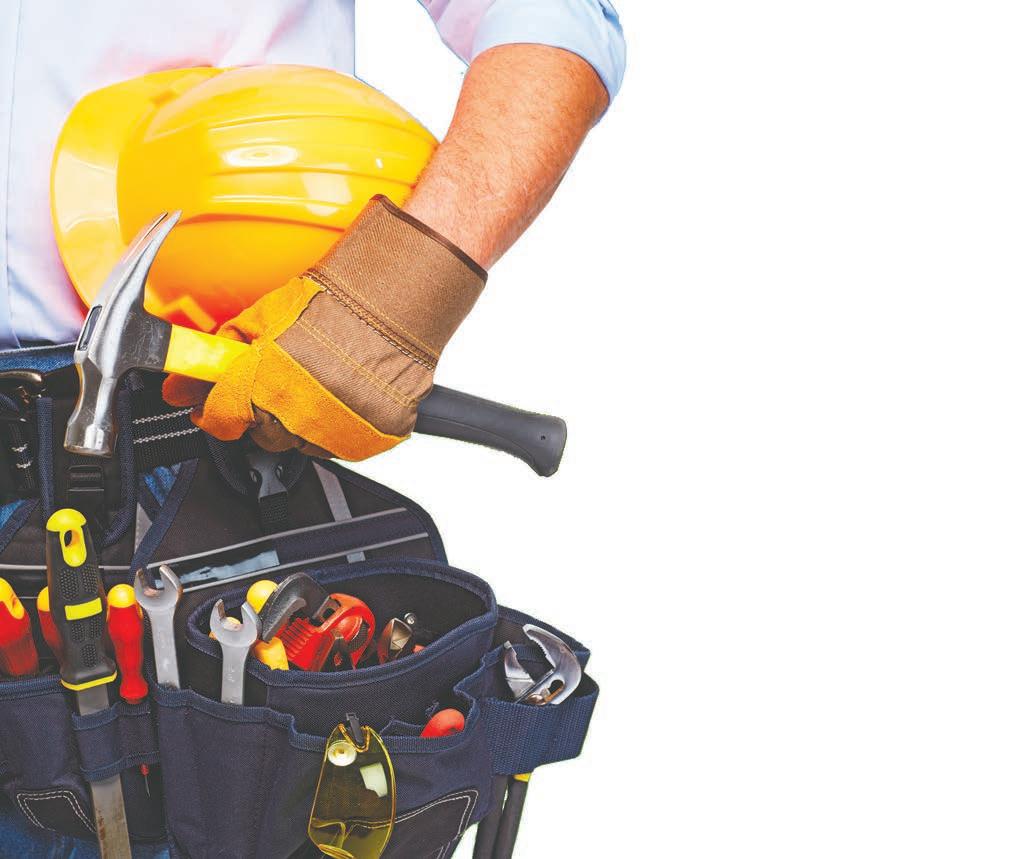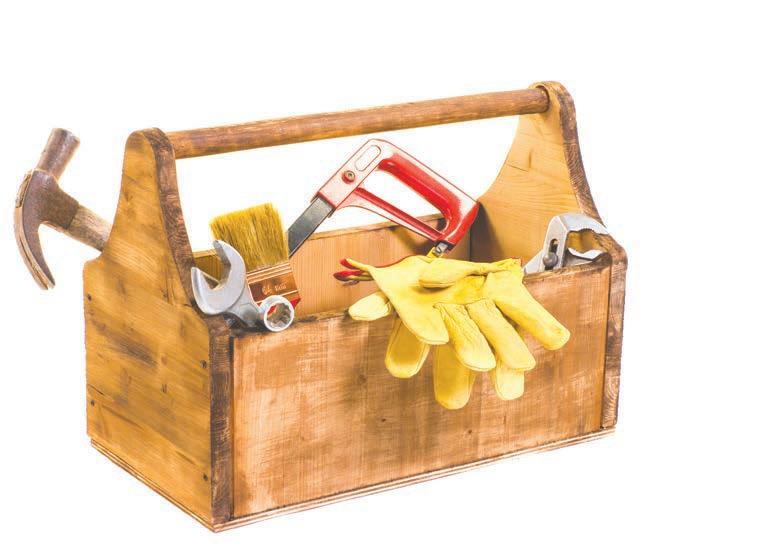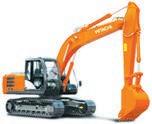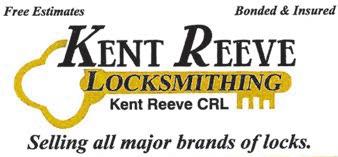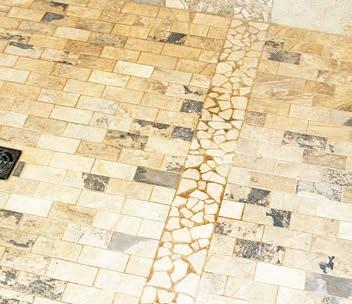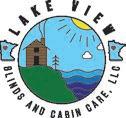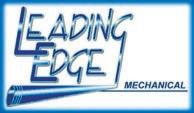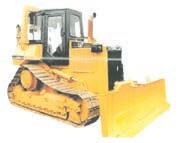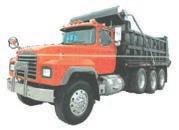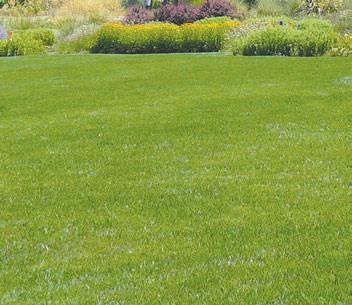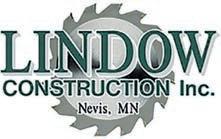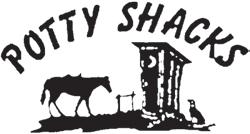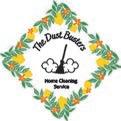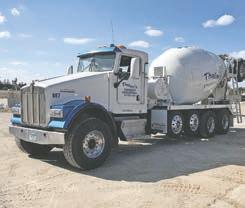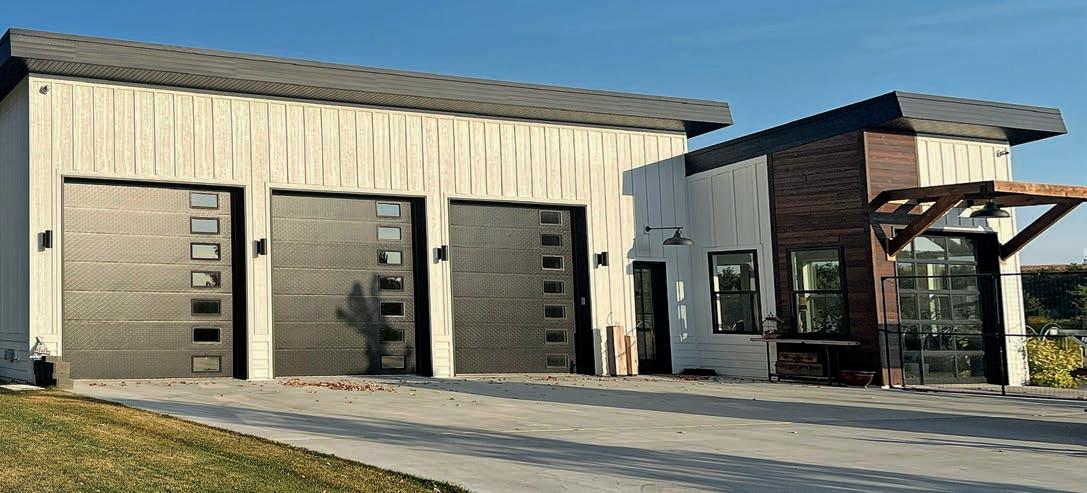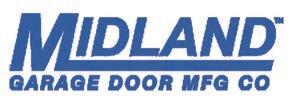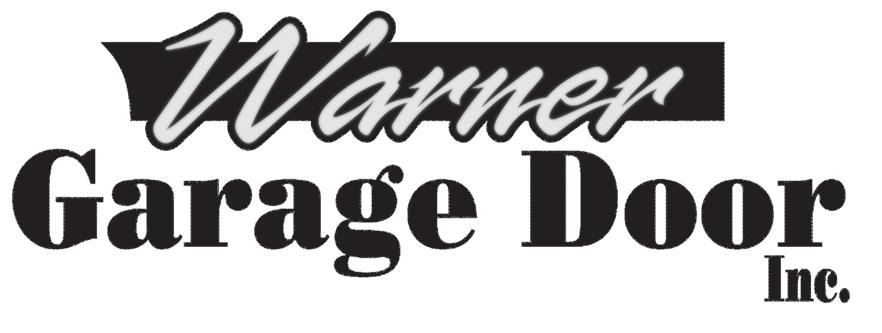












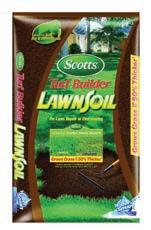













































Chris and Cathy Schneeman have constructed a comfy, yet spacious home on Lower Bottle Lake.
They have long had an affinity and family connection with the lake.
In 1972, Chris’ parents bought about 45 acres on Lower Bottle, formerly known as Hanson’s Bottle Lake Resort.
Through his parents’ wishes, 32 acres
are part of a land deal with the Trust For Public Lands. “Everything behind us is now owned by the Minnesota Department of Natural Resources, so that will be well preserved,” Chris explained.
He and his siblings are gradually upgrading some of the old cabins into year-around homes on the remaining 13 acres.
“My mother’s still alive, and she’s 90,” he said. “Six of the seven siblings now own the property in a family LLC.”
His brother rebuilt Cabin No. 4 in 2012. “There is no Cabin No. 5. Nobody knows what happened,” Chris said. “Cabin No. 6 and No. 7 are still original. Cabin No. 8 we call ‘The Big House.’ That’s where my folks stayed. That was rebuilt in 1976.”
His sister is building a new home, dubbed Cabin No. 9.
“A couple years ago we pushed the road all the way back here and built Cabin No. 10,” Chris said.
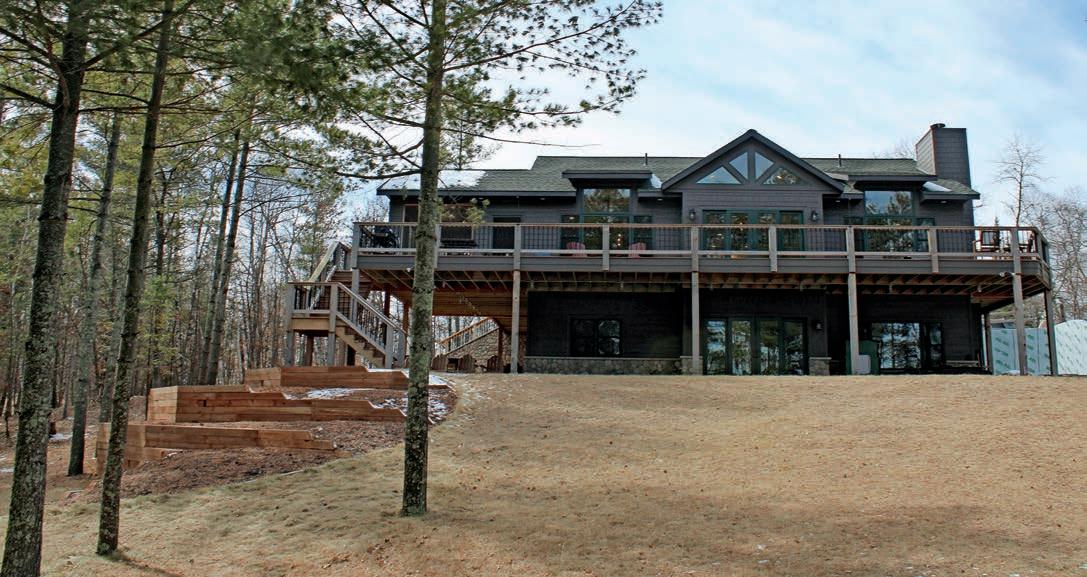
“We knew this spot was special, so we’d always had our eye on this area. It was wooded and you could see the potential,” Cathy said.
Work began in fall 2021, and they moved in May 2023.
The Schneemans have five kids and six grandchildren.
“We needed a bigger space for family,” Cathy said. “We were in little Cabin No. 2 – 400 square feet – for how many years, so you start dreaming about what you’d like and what would work.”
Their new four-bedroom home was designed with “a lot of community space.”
The Schneemans went to college in South Bend, Indiana. Rob Howard, a Notre Dame friend of Chris’, is a retired architect.
“We worked with him. We had ideas, and he helped us make that a reality,” Cathy said. “We drew up the plans over many dinners with wine with Rob and his wife and rekindled our friendship. It
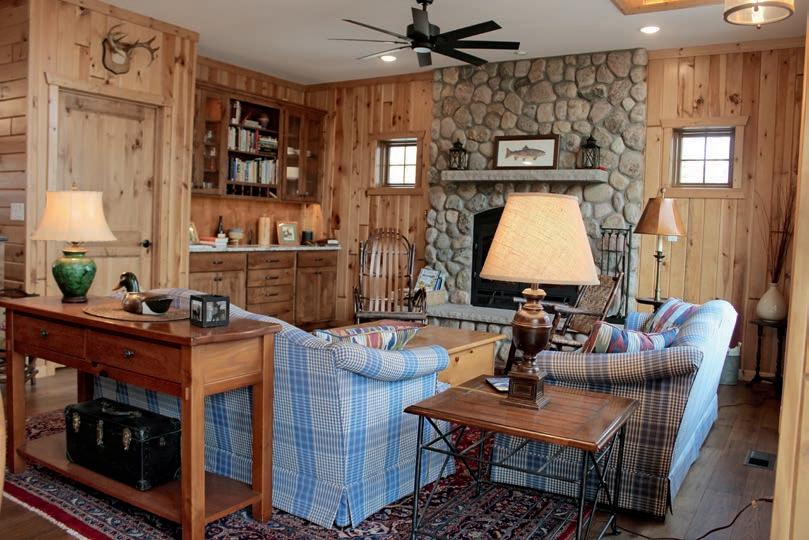
was a really fun design process.”
Incorporating a screened-in porch was a top priority. They love the 18-by-14-foot, bug-free zone, plus ceiling fan. Tall windows overlook a bay of Lower Bottle Lake.
“We’re surrounded by water,” Chris said. “The bay is pretty protected from any western winds. That’s been really nice
all these 50-plus years that we’ve been here. It’s secluded.”
Barry Munson, with Cheyenne Builders of Park Rapids Inc., was their main contractor.
Energy-efficient heating was another of their objectives. As a perk, it has resulted in more time for lake living.
“We spend a lot of time in the winter up here now, which is
one of the gifts,” Chris said. They worked with Northern Pines Plumbing and Heating. Cathy noted their heat pump uses the least amount of energy. They heat with electricity and propane. There’s an on-demand generator, in case of any disruptions.
SCHNEEMAN: Page 6
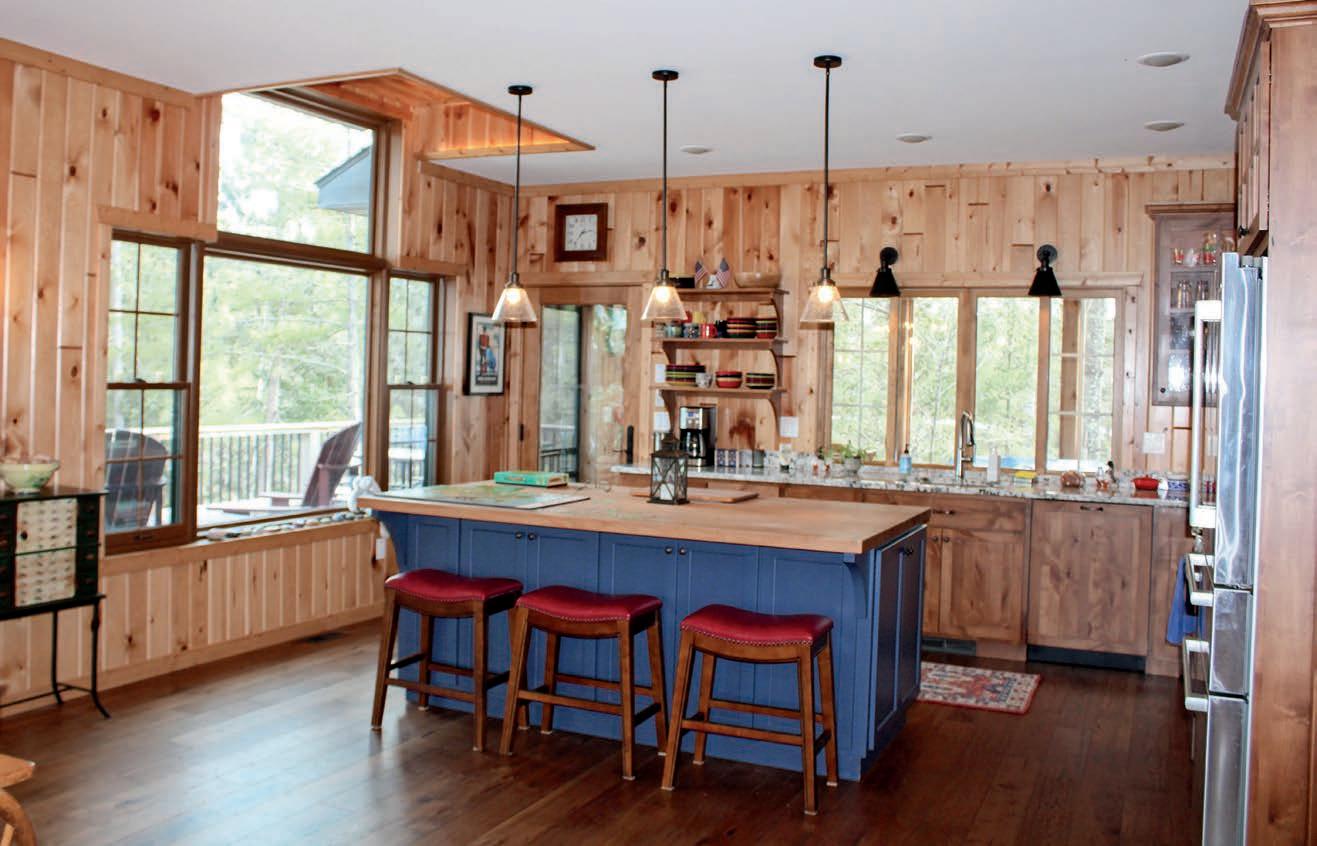
From Page 5
The Schneemans also take advantage of Itasca-Mantrap Electric Cooperative’s residential dual fuel program for offpeak and on-peak rates.
A log fireplace in the living room generates warmth as well. All of the stonework was done by Joshua Carlson of Menahga. He’s also building a retaining wall.
They also focused on building a low-maintenance home.
“You’ll notice this isn’t a log cabin on the outside. It’s all Hardie Board. We’ll get 30 years out of that,” Chris said.
James Hardie Board is a
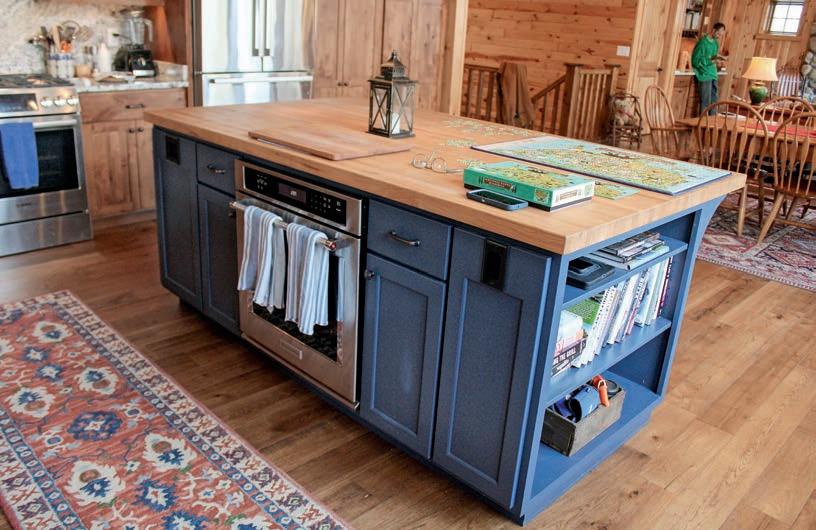
fiber cement siding that can resemble stucco or wood.
“Pileated woodpeckers don’t bother us,” added Chris.
The floors are constructed of engineered, hickory-colored wood, which is more durable and resilient.
“It’s supposed to hold up really well to foot traffic,” said Cathy.
A clerestory window, above a regular set of windows in both the kitchen and living room, efficiently lets in natural light.
“By doing that, then you can see the sky. It really opened it up. We love light and we love nature, so that really gave us both things,” Cathy said.
“Looking out, you can see
the tops of the trees,” Chris added.
The Schneemans opted for knotty pine walls.
The kitchen cabinets are made of knotty alder. The countertops and backsplash are natural granite.
SCHNEEMAN: Page 8
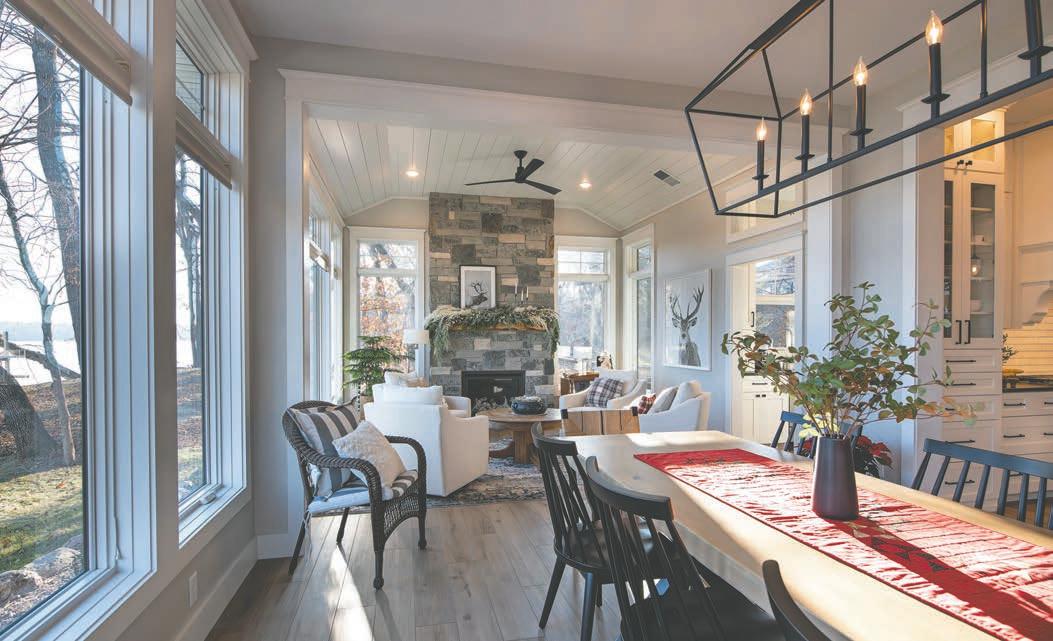
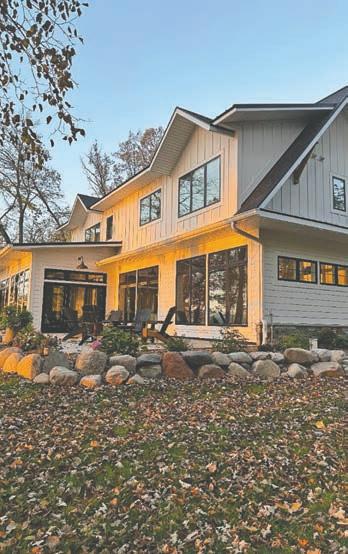
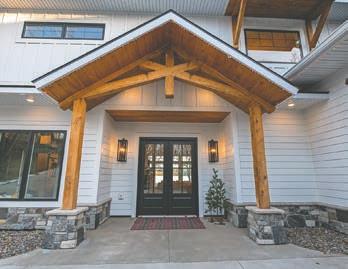

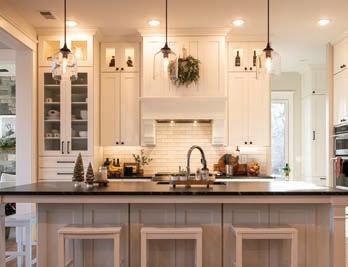
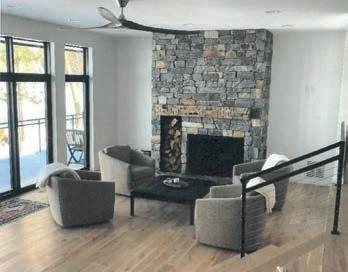
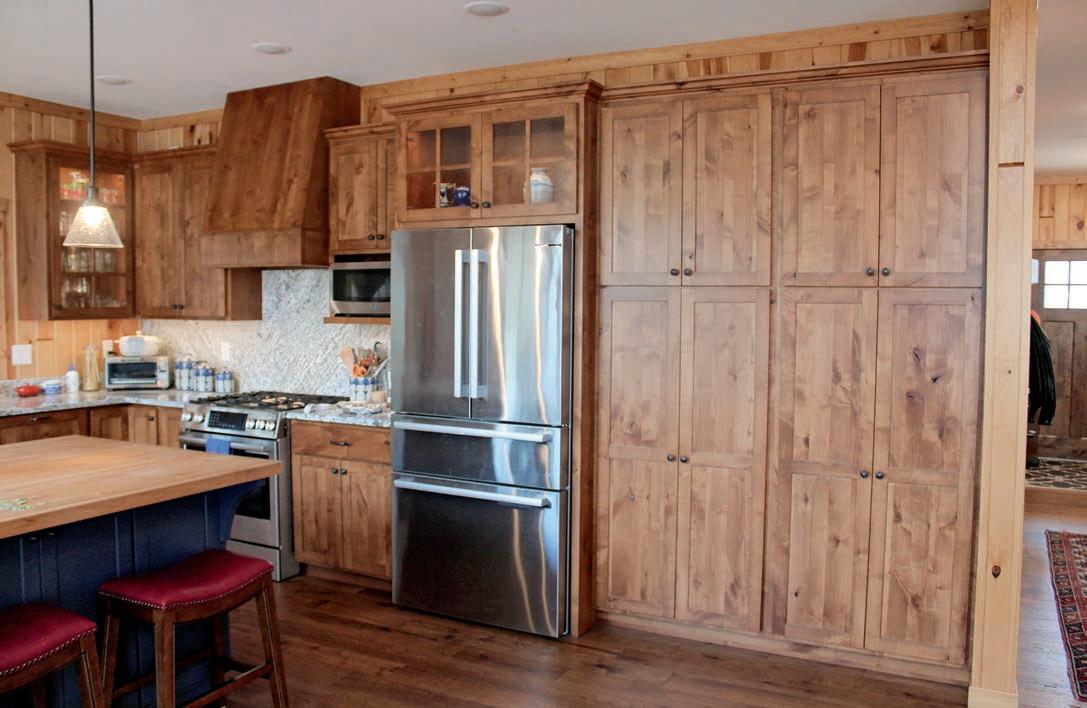
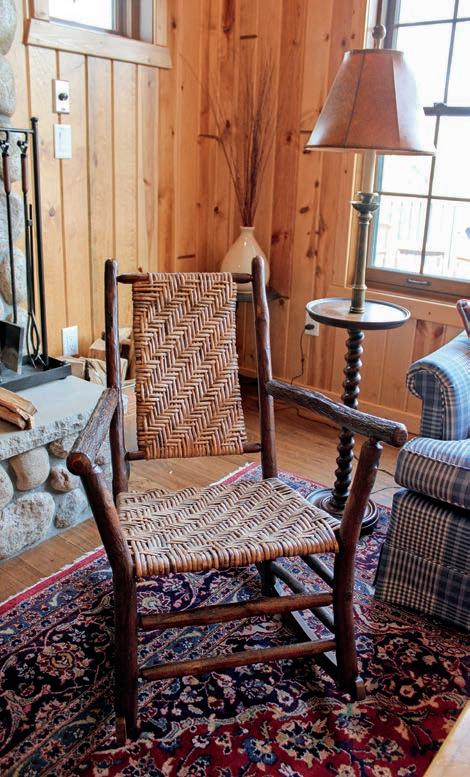
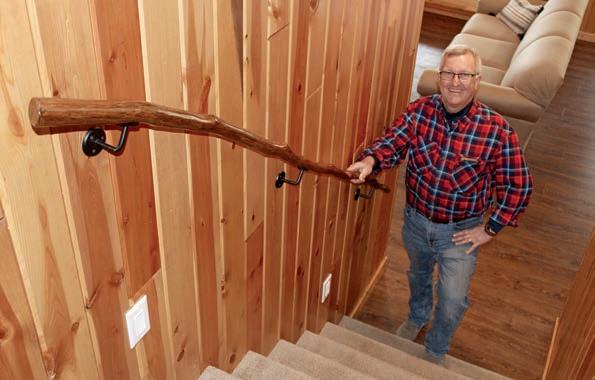
From Page 6
Both love the butcher block countertop on the kitchen island.
“Butcher block is really forgiving,” Cathy explains. “When you put a glass down, it’s not going to leave a mark. It’s a really nice material.”
A retired interior designer,
steam-
trunks, heirloom rocking chairs
an old pair of binoculars.
“I like old things,” she said.
Chris commutes to the Twin Cities from Tuesdays through Thursdays, then works remotely from his home office the rest of the time.
SCHNEEMAN: Page10
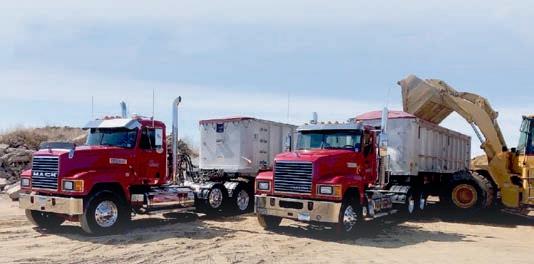

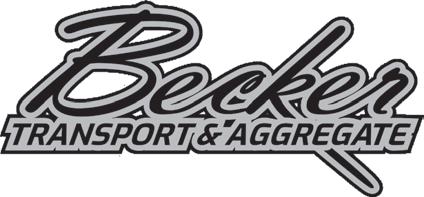



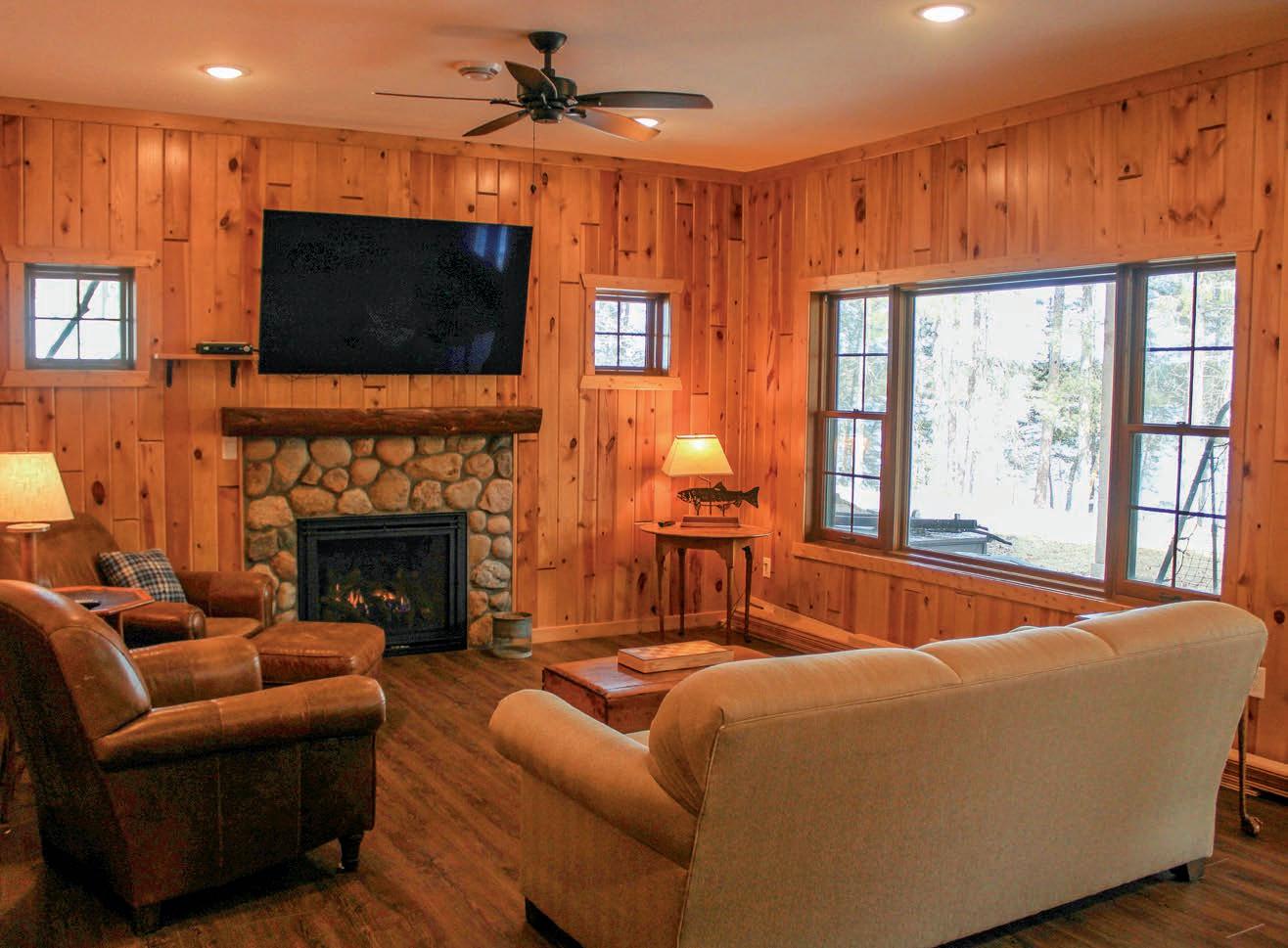
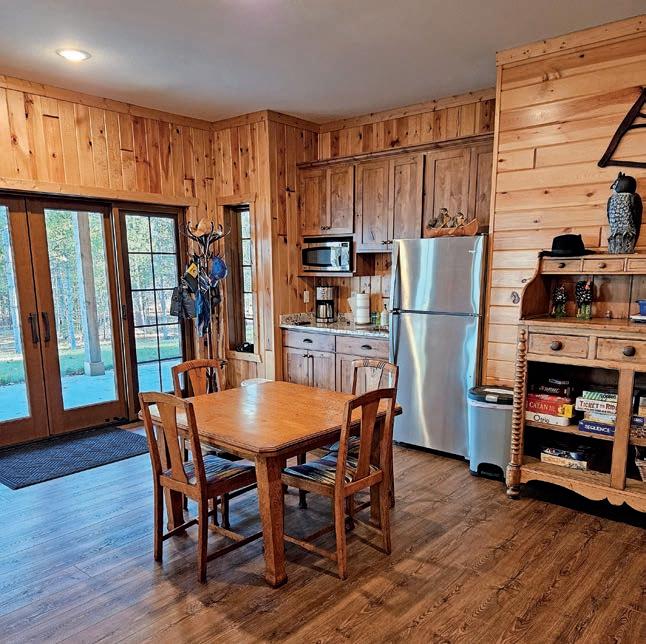
Contributed/Chris and Cathy Schneeman
The basement features a kitchenette and 10-foot ceilings. They installed click flooring over the concrete slab. “The outdoor traffic comes in through here,” Chris said of the sliding glass door that leads down to the lakeshore.
The family room in the basement is an active place when the children and grandchildren visit. The gas fireplace’s mantel was made from a log in their woods.
From Page 8
Stepping onto the main level, the Schneemans overlook Norway pines and Lower Bottle Lake.
“It’s a lovely view. We were really, really happy,” Cathy said.
A 40-foot deck wraps around their 3,200-square-foot home.
“It’s a great lake. We love it,” he agreed.
Chris joked that the fishing is “terrible,” a half-hearted attempt to dissuade anglers. “It’s a 110 feet deep over here,” he said.
Chris added, “We’ve got a great lake association,” called the Emma, Stocking and Bottle (ESB) Lake Association. ESB volunteers monitor the public accesses to prevent the spread of aquatic invasive species.
Shannon Geisen can be reached at sgeisen@parkrapidsenterprise.com.
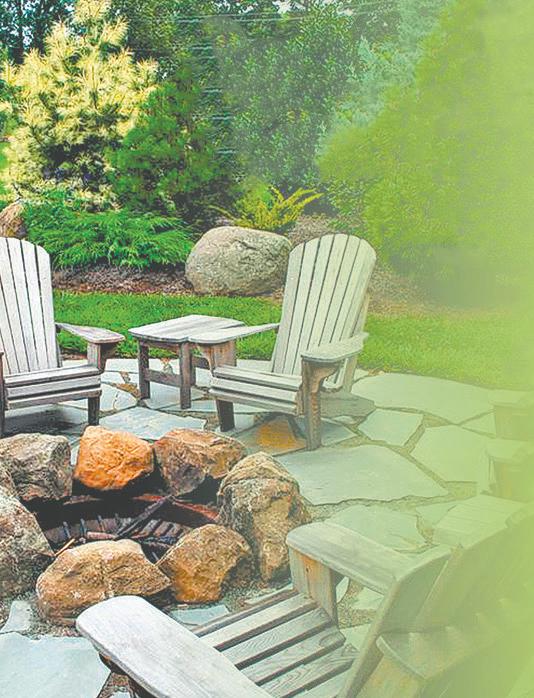
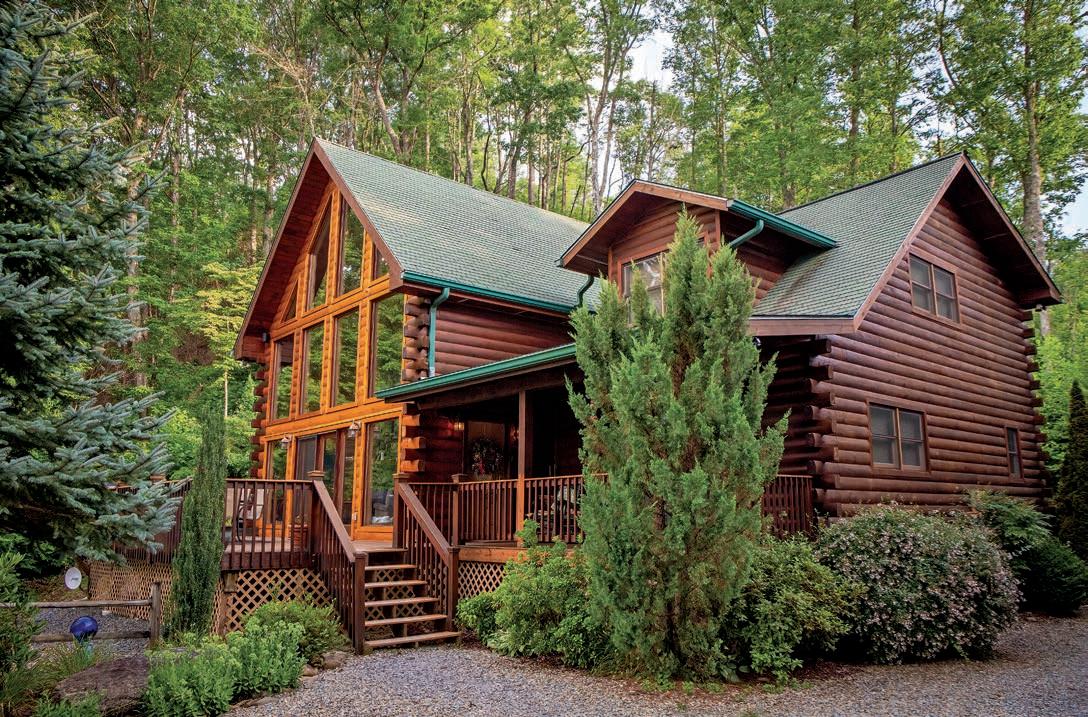


An outdoorsy couple, Taylor and Devon Drewes found the ideal spot for their new home.
Situated by a small, unnamed lake and tucked onto 20 acres of mixed woods and prairie near Frazee, they can fish, hunt, hike, kayak or swim to their hearts’ content.
“We’re in awe. We just love it,” Taylor said.
She’s a family consumer science teacher at Frazee-Vergas Public Schools. Devon works in the family-owned
construction business: Dennis Drewes Inc.
The Drewes advise wannabe home builders to allocate lots of time for research and planning.
She said, “Plan ahead and save more money than you think.”
The Drewes purchased the land three years prior to building on it.
“I think what really helped us is we had time to think.
We’re pretty focused on our faith, so we prayed about it a lot. It helped us get the answers and clarity that we did,” she said.
They started online looking at Pinterest and Google, then they found a website called The House Designers (https:// www.thehousedesigners.com).
It has “literally a plethora of plans,” she said.
It also has real-life photos, which Taylor found helpful for envisioning their home.
They knew they wanted a three-bedroom, two-bath design.
“We purchased the plans and the rights. My husband’s cousin was able to edit the plans to fit our needs. He’s an architect, but in Seattle,” Taylor explained.
Curt Aho with AS Construction was their main contractor.
“Although we were our general contractor, he helped us with so much that I would have him do our house again, if we were to ever rebuild,” she said.
Dennis Drewes Inc. did all of the site work.
“That’s my husband’s job. He runs heavy equipment, so he was like a kid in a sandbox,” Taylor said.
Devon’s grandpa started the family business, but now it’s run by Devon, his father and his brother.
They started pouring concrete in May 2023. They moved into their 2,500-square-foot abode by October.
Most of the subcontractors had worked together previously.
Taylor praised them for their expertise. “They knew what they were doing, and they were confident with their skills.”
The kitchen, dining room and living room are encompassed in an open floor concept. The Drewes wanted to be able to entertain, yet enjoy a cozy atmosphere.
“I love to cook and bake. We love people, so my husband and I wanted to have a space where everyone can fit. We never wanted it to feel like, if you were sitting on the couch watching the football game, you couldn’t be part of the conversation,” Taylor said.
Broad windows and a sliding glass door face the setting sun, generously filling the area with light.
“We hardly ever turn lights on,” Taylor said. “I love natural light, so we went as big as we could with the windows and doors.”
She added, “We definitely wanted to showcase that this was our view, so we really tried to find a plan that worked to show what we love the most about this property, which is the view.”
The glass doors lead to a backyard patio, perfect for grilling and outdoor entertaining under a cedar canopy. It overlooks the lake.
The Drewes selected matching furniture from Karvononen’s, a furniture store in Perham, that can be swapped between living spaces. For example, one piece works as an entryway bench or as extra seating at the dining room table, when needed.
DREWES: Page 14
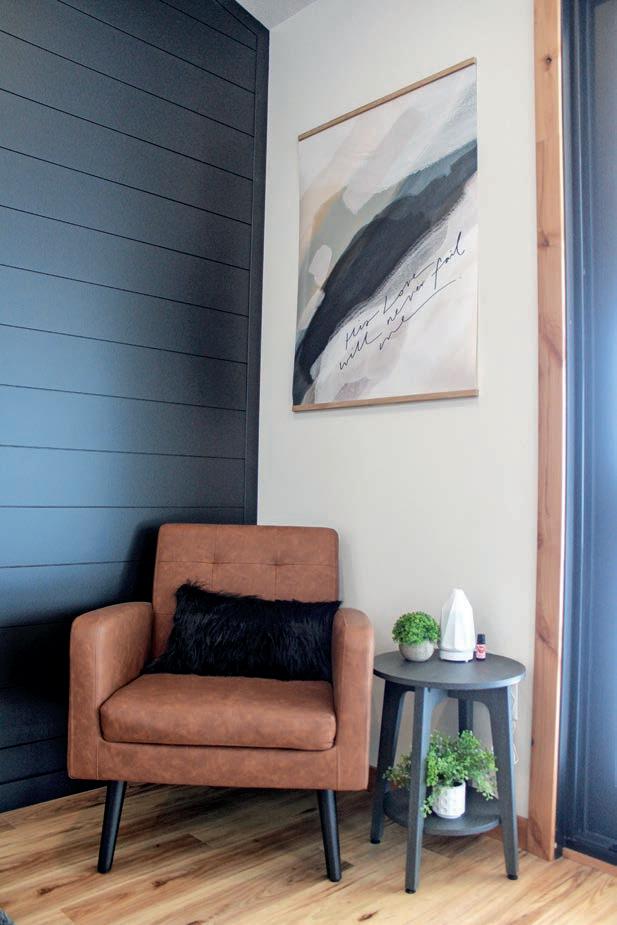
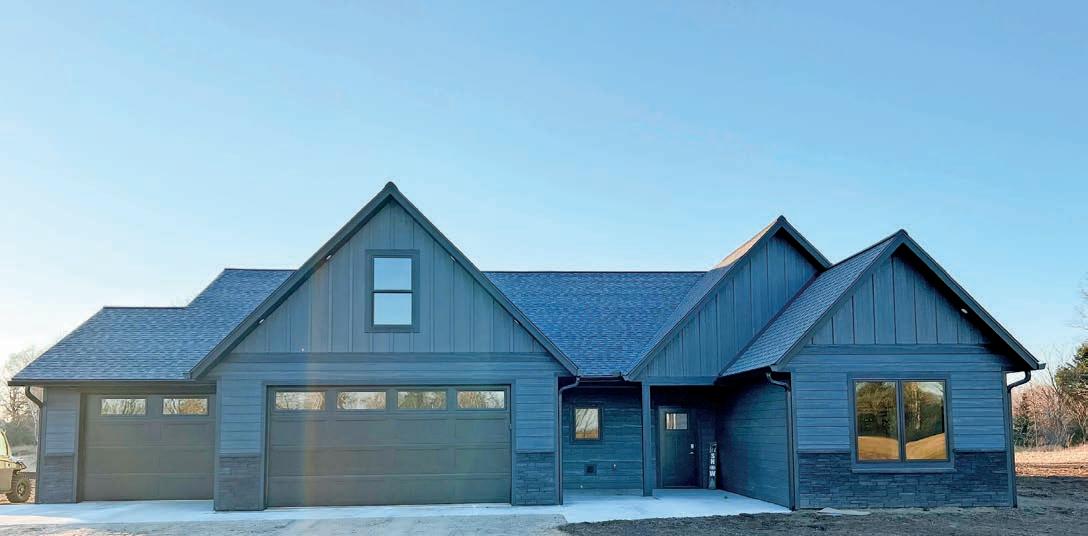
Contributed/Devon and Taylor Drewes Including the 1,000-foot attached, three-stall garage, the home totals 3,500 square feet.
From Page 13
The wood accents in their home give “a rustic vibe,” but Taylor also drew in modern elements.
They chose knotty alder for all doors, trim and cabinets in the home.
For kitchen and bath countertops, they selected black granite.
Hickory-colored, luxury vinyl plank flooring covers the main area. It was installed by Perham-based Interior by Winkels.
Consistency in a build makes for a smoother construction process, she said. For instance, they chose black accents for everything – window sills, appliances, knobs and handles, etc.
DREWES: Page 16
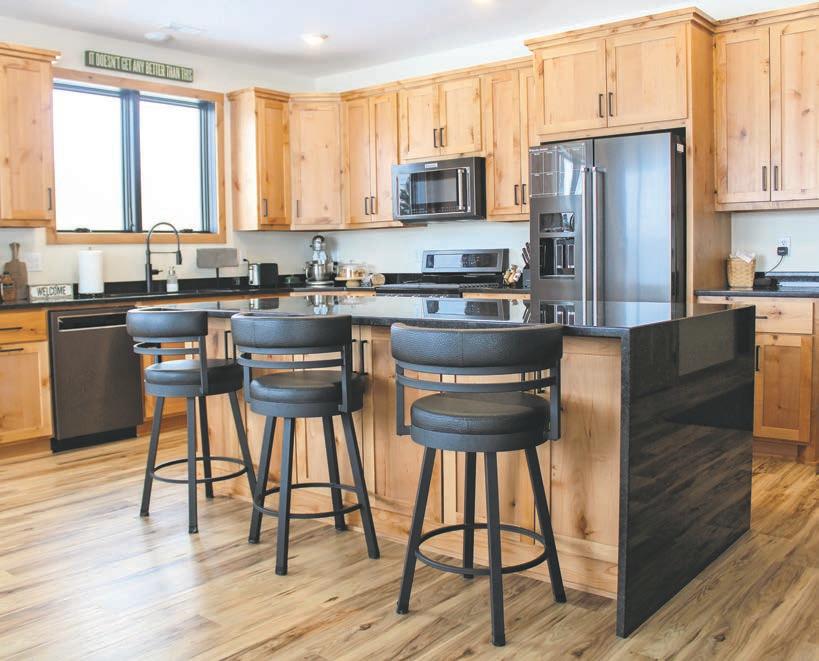



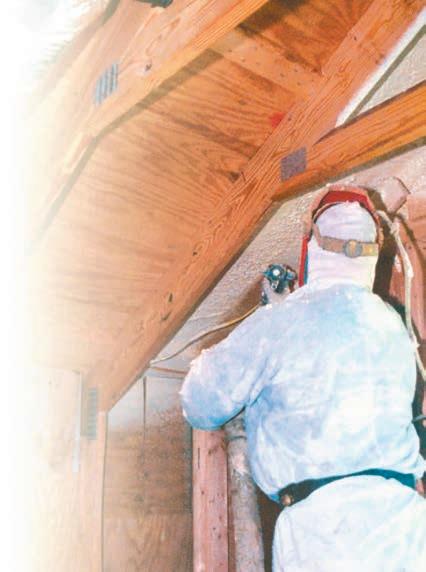
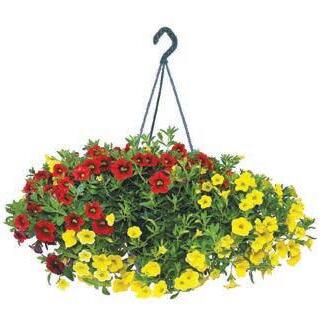



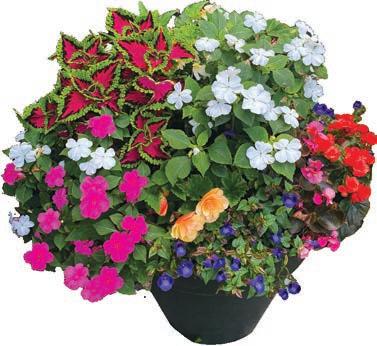





From Page 14
“Black just looks crisp and clean to us,” she said.
At 9 feet, the ceilings are slightly taller than normal.
“It looks brighter and lighter,” Taylor said.
They chose KitchenAid for all of their appliances, including “our first-ever dishwasher.”
The kitchen island hosts a bunch of drawers. Some have peg systems for organizing. All have the slow-close feature.
“All of the go-to stuff is at my height, which is nice,” Taylor said.
A large, deep kitchen sink hosts a Delta farmhouse-style faucet, with a single-handled, pull-down spray.
A walk-in pantry with plentiful shelving is essential, they say.
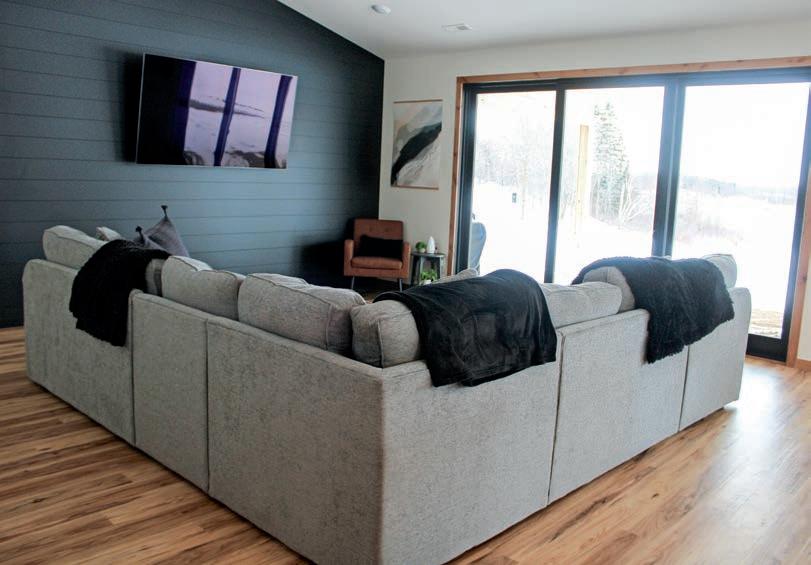
“A pantry is so much more than where you put your food,” Taylor said. “It’s allowed us to store toiletry
items and other things in here,” like a vacuum cleaner or broom.
To make the best use of space, there is a closet underneath the stairwell.
DREWES: Page 18
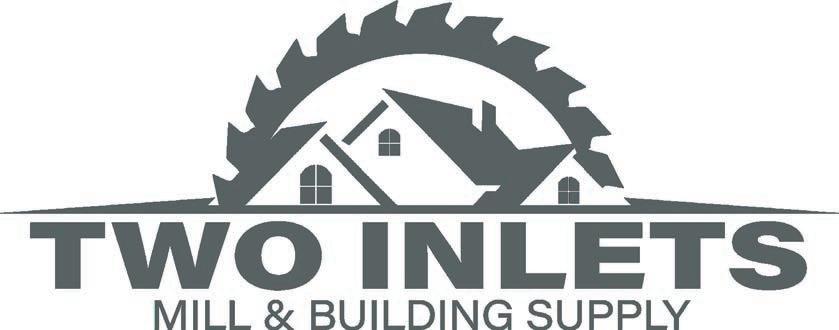




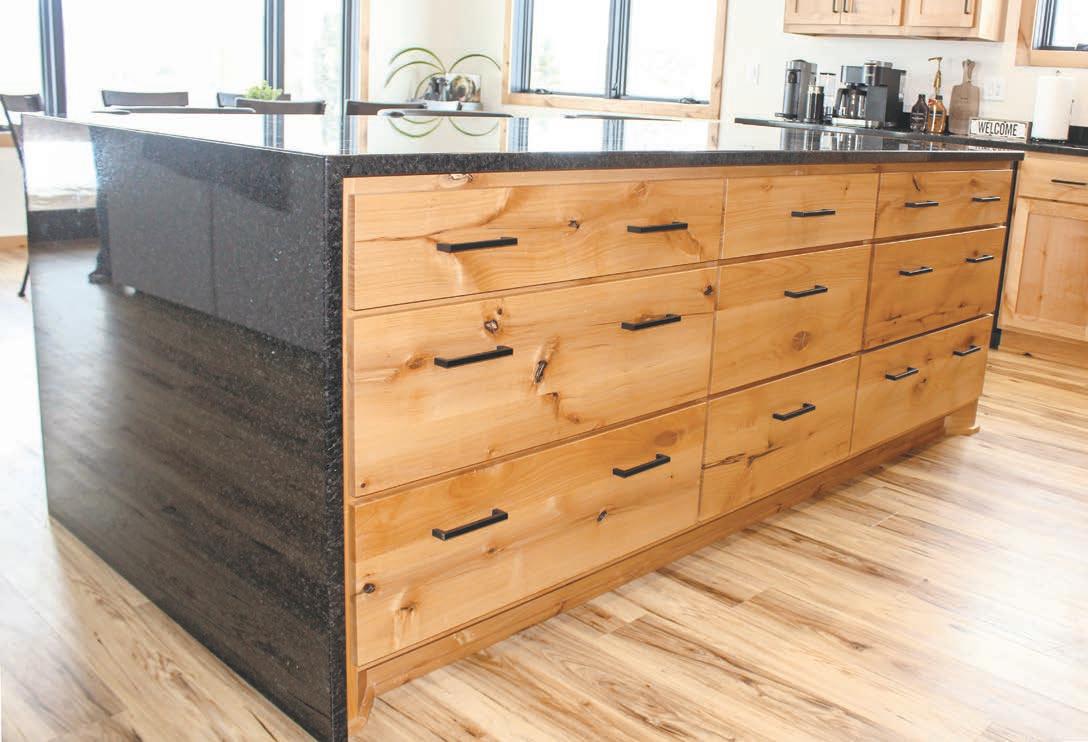
From Page 14
They also built a ginormous walk-in closet for their master bedroom. “This is my second favorite place,” Taylor said, with a laugh.
Cold storage space is found in crawl space above the garage. Access is through a small door in their spacious upstairs family room/office.
Disk lights with dimmers are incorporated throughout the house.
“I’d recommend dimmable lights wherever you can,” she said. “We love them.”
Carpeting in the guest and master bedrooms has the padding built in.
Rather than a space-consuming fireplace, the Drewes opted for a horizontal shiplap accent wall – in all black – in the living room.
An air bubble tub in the master bath is another special feature. “It blows up air and acts like a jacuzzi tub without the jets,” she said. Plus, air bubble tubs are easier to clean than water-jetted tubs.
Be creative and ask your contractors questions, recommend the Drewes.
This spring, they will install a stamped patio in their backyard. Landscaping will be finished as well.
The Drewes particularly love the color and texture of their home’s siding. They used LP SmartSiding from Diamond Kote for the home’s exterior. The siding color is graphite, with onyx trim.
“They call it versetta stone. It’s on like a plate. It’s not masonry,” Taylor said.
The mortarless, stone veneer panels mimic the beauty and texture of stone masonry.
“It makes a statement,” Taylor said. “And it’s the perfect TV wall.”
Shannon Geisen can be reached at sgeisen@parkrapidsenterprise.com.
The Drewes selected mix-and-match furniture, like this entryway bench, that's suited for the dining room as well. They also like the knotty alder doors and trim in their home.
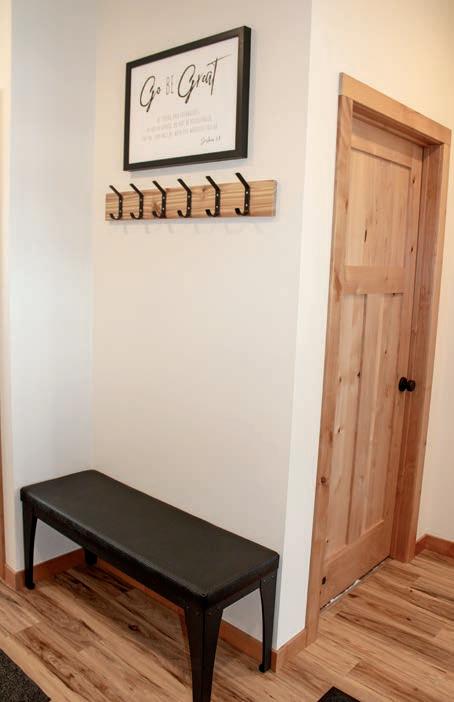



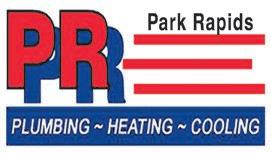
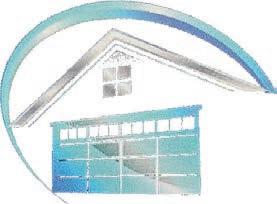


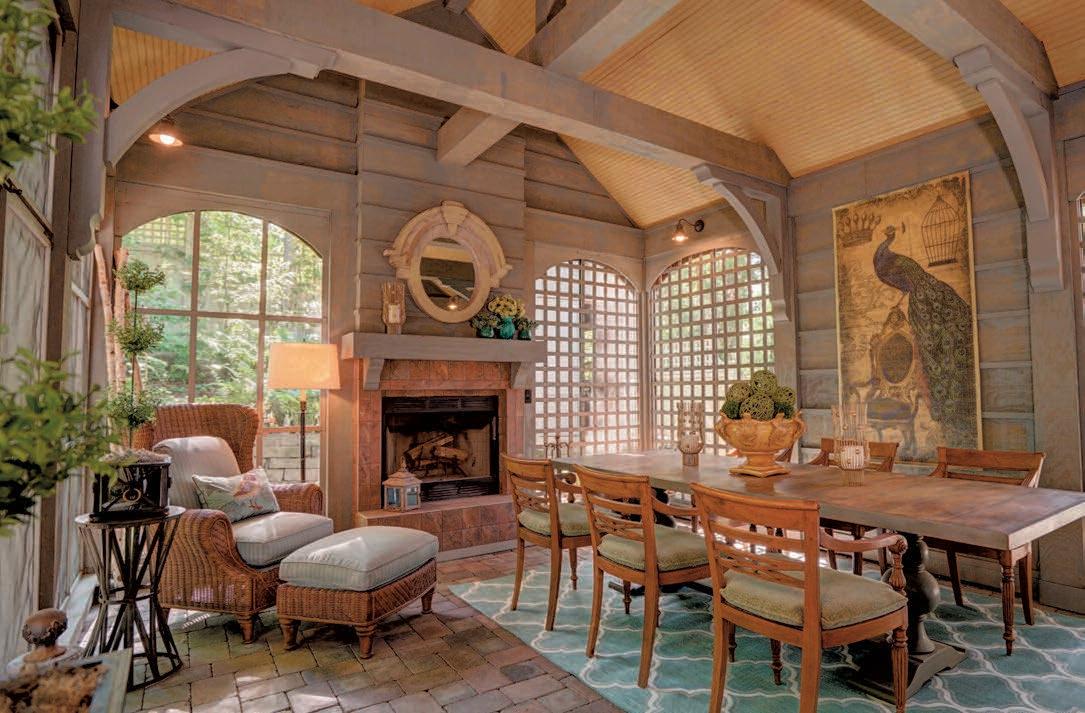
Water is a precious resource that we have been short on these last few summers.
If you care for a yard or garden, you can help conserve water resources by being wise about watering practices while still achieving your goals, starting in your own backyard.
How often should we water?
Our plants and soil will tell us if we know what to look for. We should check the soil conditions by removing the mulch or sod, if there is any, and dig into the soil a few inches. The top inch of soil may be dry, but the soil below should be somewhat moist. If the soil is dry two inches below the surface, that means it is time to water.
The best time to water plants is in the morning or evening. Morning watering is preferable, as the plant has time to dry before the sun goes down. At night, water tends to rest in the soil, around the roots, and on the foliage, which encourages rot, fungal growth, and insects.
A microclimate is a localized area with a specific set of conditions. For example, one side of a hill can get more sunlight than the other, which may increase the soil temperature and evaporation, leading to an increased need for water. The shaded slope may be cooler and often retains its moisture. Areas in the open with more wind can also dry out quicker, and soil type can influence the drainage of an area.
Observe the area you are gardening in, and see how the microclimate influences the plant’s watering needs. This is more of an art than a science, and plant selection for these variable areas can help your plants be successful and productive.
Consider the plant’s life cycle when you water.
For example, recent annual transplants need frequent, light watering to accommodate their shallow, young roots and to ease the shock of being pulled from their containers.
Once plants are established, you can water deeply and less frequently.
If you have perennial plants, such as trees, shrubs, and lawns that you want to
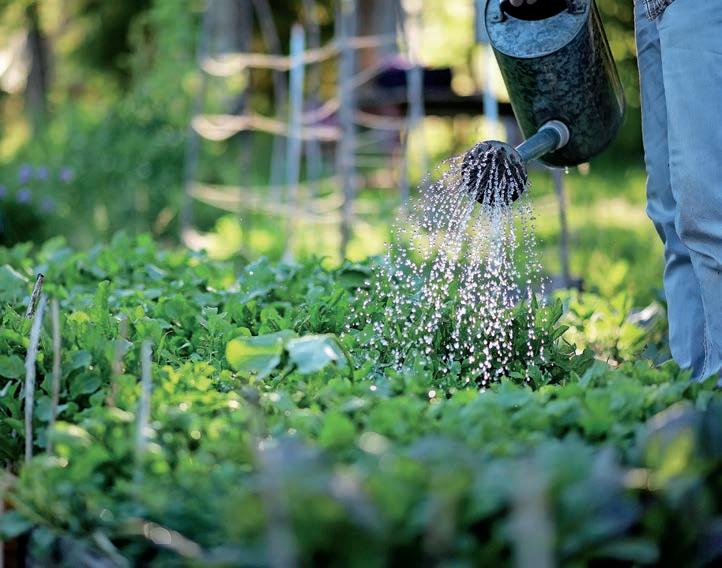
Check your soil before watering, water deeply, but less often, to encourage root growth and drought tolerance, know your soil type and microclimate, and water wisely, advises Hubbard County University of Extension educator Tarah Young.

encourage deeper root growth, decrease the frequency and water deeply. Perennial plant roots can get lazy and stay to the surface layers of the soil if the water is always there readily available.
Soil texture is a major factor affecting water retention, and sandy soils do not hold as much water as other soil types. We can’t change our sandy soils, but we can implement other practices to mitigate drought impacts.
Mulches reduce the evaporation by shading the soil and keeping it cool during the warm months. The materials used can be natural or synthetic. Most fluffy, natural mulches should be applied two to three
inches deep, but there are many possibilities for mulches. Grass clippings, straw or hay, leaves, newspapers, landscape fabrics are a few ideas to not only retain moisture, but reduce weed competition, reduce erosion, keep nutrients in place, etc.
One thing to note about mulches, particularly grass clippings, is the risk of herbicide residue. Depending on the product applied to your lawn, herbicide residue can still be present in grass clippings. Yes, weed and feed does have an herbicide in it, so please be cognizant when using your grass clippings as mulch.
Soil organic matter helps us hold water in dry soils and helps with drainage and infiltration in wet soils. You can incorporate compost, manure or other organic material into your soil. In the vegetable garden, reducing tillage allows soil biota and microorganisms to build soil structure without disturbance.
My last tip to conserve water, which is probably the most important, is to monitor. Monitor your soil conditions. Are the top two inches dry? Observe how moisture is kept or lost in the microclimates within your landscape.
DROUGHT: Page 22

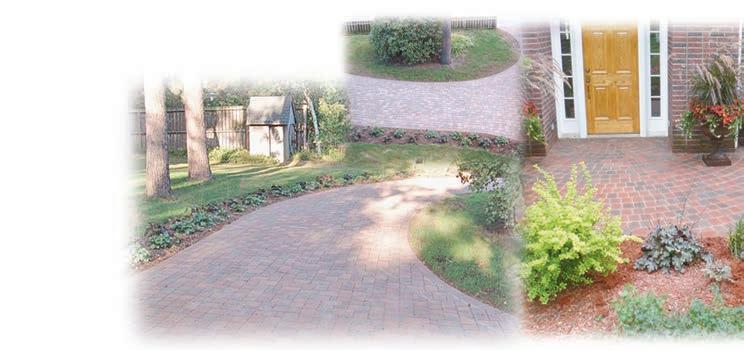







From Page 20
And finally, monitor rain amounts with a rain gauge or install moisture sensors in your lawns. How much rain are you getting compared to the needs of your plants? If you pay attention to these few things, you will not be watering excessively.
It is nearly impossible to have a successful vegetable garden without watering. The vegetable garden needs one inch of rain per week. By using a simple rain gauge or following weather reports, you can determine if your garden received one inch of rain over the past week. Water gardens on sandy soils twice a week, supplying onehalf inch of water (31 gallons per 100 square feet) each time.
Droughts offer us insight into plants that may not be quite right for our landscapes. Take a look at your garden. Are there plants that are substantially more wilted than others? Or plants that you’re watering every single day to keep alive? Perhaps that particular plant is not well suited to your landscape or that particular spot.
Containers can be challenging to maintain constant moisture. Depending upon the size and material of the container, you may need to water more than once per day during hot, dry weather. At a minimum, you’ll usually need to water at least daily. Avoid letting your containers dry out for too long
If we want to increase the resilience of our lawns during drought, our main
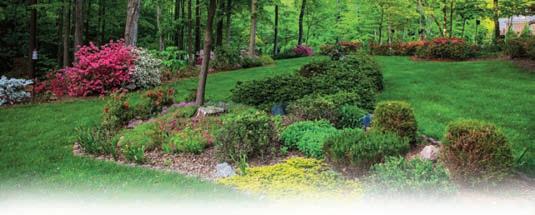
benefittingCHISt.Joseph’sHealth
Saturday,July27,2024
9:00am-3:00pm
$30/Ticketincludesboxedlunch

Ticketsmaybepurchasedatthehospital giftshop,byscanningtheQRcodeor visitingwww.chisjh.org.Formore information,pleasecall952-240-7515.
GardenswillbeinParkRapidsandsurroundingcommunities. PresentedbyCHISt.Joseph’sHealthAuxiliary&Universityof MinnesotaExtensionMasterGardenerProgram.Ifyouknowofa gardenweshouldincludeinnextyear’sevent,pleaseletusknow.

focus should be on promoting a strong and deep root system.
Set your mower at 2.5 inches or higher. When you set your mower at a higher cutting height, the grass plant produces a deep and efficient root system that can reduce the need for watering. It also keeps the soil temperature more consistent and reduces evaporation.
Another thing we can do is select lawn grasses that use less water and can tolerate drought. Traditional grass species for Minnesota include Kentucky bluegrass, perennial ryegrass, fine fescues and tall fescue. Fescue species offer the best drought tolerance. Fine fescues tend to use less water, and tall fescue has a deep root system that is able to access more moisture
Newly planted trees or shrubs require more frequent watering than established trees and shrubs, and take about one to two years to

establish. The amount of water depends on the size of the trunk, and UMN Extension has a table that tells you how much water is needed for the size of your tree at z.umn.edu/waternewtrees.
During periods of consistent rainfall, a well-established tree or shrub will need little additional water. But during droughts, these trees and shrubs can suffer without timely irrigation. The best time to water a tree or shrub is when the top 6 to 9 inches of soil in the root zone are dry. Go to z.umn.edu/waterestablishedtrees for more information.
Tarah Young is the Hubbard County University of Minnesota Extension educator in agriculture, food and natural resources. If you have any questions about this topic or any others, contact her at 732-3391. If information about agriculture, gardening and natural resources interests you, consider signing up for the Hubbard County UMN Extension Agriculture, Gardening and Natural Resources E-newsletter at z.umn.edu/HCExtensionNewsletter.

LANDSCAPING NEEDS?
WE CAN HELP!
LOCAL FAMILY OWNED & OPERATED 49274 US 71 BEMIDJI, MN 56601
OPEN MARCH - DECEMBER
14 GREENHOUSES
• ANNUALS
• VEGGIES
• HERBS
6 ACRES
• PERENNIALS
• SHRUBS & TREES
IT’S EASY TO MAKE HILL’S COUNTRY GREENHOUSE YOUR ONE STOP SHOP!
HILL’S COUNTRY GREENHOUSE 218-751-0534
HCGREENHOUSE@PAULBUNYAN.NET
• SPRING + FALL CLEAN-UP
• MOWING
• LAWN MAINTENANCE
• DIRT & SKIDSTEER WORK
• PLANTINGS
• SOD
• HARDSCAPES
• CUSTOM UNDERGROUND SPRINKLERS
• RESIDENTIAL & COMMERCIAL
• + MUCH MORE!
LANDSCAPING NEEDS KYLE REDLAND 218-760-9889
HCGKYLE@GMAIL.COM

CUSTOM SPRINKLERS LEE HILL 218-556-1174
CUSTOMSPRINKLERS@PAULBUNYAN.NET

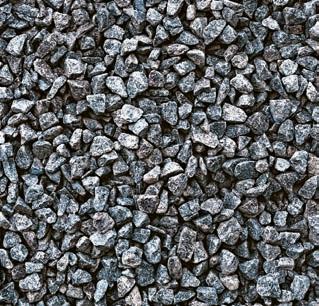












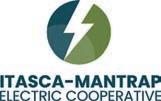
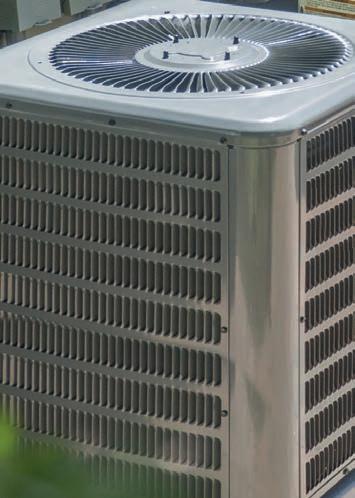
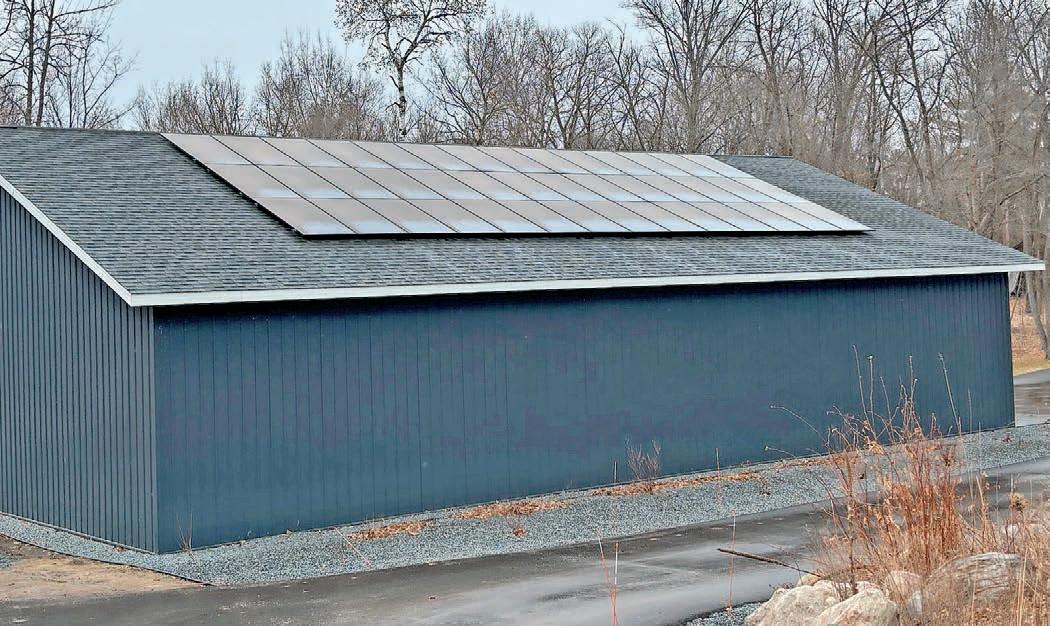
Park Rapids Enterprise
Homeowners have been steadily adopting solar energy systems, according to staff with ItascaMantrap Electric Cooperative (IMEC).
“It seems like we’re doing a few more installs every year,” said Nikki Torkelson, marketing and member services manager. “There’s not a ton of it yet in our area. We have a lot of tree coverage that we contend with; folks have to have a fairly wide-open space.”
She said the co-op has been interconnecting an average of seven members per year.
According to Paul Helstrom, senior customer programs and services representative with Minnesota Power, the Duluth-based industrial electric utility saw more interest in solar systems in the past
three years than over the previous 20 – though the number of customers making the jump leveled off this year due, in part, to higher interest rates.
“Over the course of a couple years, we saw a 100% increase,” he said. “We still expect to see quite a few installations. As markets do, they kind of plateaued, but it’s probably going to take off again.”
Across the company’s service area, Helstrom said, they see around 150 to 200 interconnections a year. “We have over 1,000 customers now that have solar arrays, out of 145,000 customers.”
According to Torkelson, the process of interconnecting between solar solutions and the power grid is pretty easy.
“We have a portal on our
website that folks can go through,” she said. “Typically, it’s the vendor that does the applying on behalf of the (co-op) member. They fill out an application. All of the contracts and everything are online.”
For example, Isanti, Minn.based Wolf River Electric has installed solar systems on a number of homes in the Park Rapids area, and Torkelson said IMEC has often worked with Wolf Track Energy out of Backus, formerly known as Real Solar.
IMEC members Tony and Kelly Hoeke of Green Valley Township, south of Osage, had their solar system installed by Wolf River Electric in Dec. 2022.
“We have 50 panels on the roof of the garage and the house,” said Tony, “and they seem to be working great.”
Tony said his panels came
with a 25-year warranty and a 25-year payment plan with about a 2% annual interest rate. He said, together with a generator they can use to power their whole house, the total cost came to about $86,000.
The co-op also interconnected Adam and Emily Eischens’ solar system with the grid. Wolf River Electric installed 42 panels on their garage roof in July 2023. The couple paid cash for the system, Adam said.
Solar customers get net metering. Torkelson explained that this means that when the sun is shining, they’re using the power it generates; at night or when the sun goes behind cloud cover, they’re pulling power from the grid.
SOLAR: Page 26




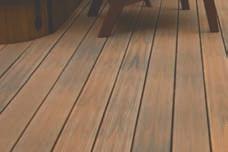



Whether you like waking up to beautiful morning sunlight, saving on energy costs in the afternoon, or getting a little more privacy at night, the Budget Blinds Smart Home Collection helps you program your window treatments to perfectly fit your lifestyle.

Request a Free Consultation today and learn more:
218.844.7052
Park Rapids, Detroit Lakes & Surrounding Areas
jm.daigle@budgetblinds.com
www.budgetblinds.com/ detroitlakes
From Page 24
“We credit members back,” she said. “If the system generates more (power) than they use, it goes onto members’ bills as a credit each month.”
She said solar tends to work best between April and October. “Once November comes, through February, it’s pretty dark,” she said. “We’re not seeing quite as many credits on bills then.”
Helstrom said co-ops can offer net metering for up to a 40-kW solar system, while an industrial utility can accommodate up to a megawatt. However, home systems are typically in the 8- to 10-kW range.
“They first are consuming their energy on site,” he explained. “The solar array is actually powering that load in their home. The utility doesn’t supply any power, and it doesn’t factor into billing aside from it’s reducing the amount of energy they’re pulling from their utility.”
When the solar array produces more energy than the home needs, he said, it sends that energy back onto the grid via a specially programmed, bidirectional meter.
“At the end of each month, we ‘net’ them out,” said Helstrom, meaning that the amount that the customer’s solar array generates is subtracted from his bill. “That’s a full offset that includes all the charges, including taxes. The biggest bang for a customer’s buck is offsetting their usage.”
The Hoekes’ monthly payments of $380 make it about a break-even deal when the energy savings are taken into account. “The money we make during the summer is banked, so when we come to wintertime, we don’t have to pay as much,” Tony said.
Other than owing a little money in December, January and April, Tony said they
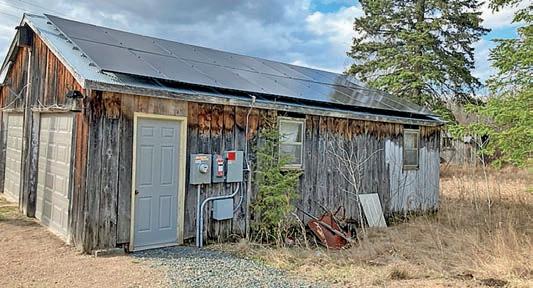
didn’t pay anything for electricity this past winter.
“They reimburse us, I believe, 8 cents a kilowatt, for every one we send back to them,” said Adam, explaining this as a credit on their bill.
Since they haven’t had the system for a whole summer yet, he doesn’t know how much it’s going to save them in energy bills, but during the winter it didn’t cover their whole electricity bill.
“But now we’re past the break-even point,” he said in mid-April, “so we’re actually sending power back at this point in the year. It’s still quite early to see what maximum production would do. I can see it easily paying for itself in probably 10 years or so, give or take.”
In addition, the Eischens splashed out on a 10-kW battery that charges from the solar cells, potentially powering the home at night or during outages, either as a backup “or for your own consumption, just to keep the power bill down,” Adam said.
Moving beyond residential customers, Helstrom said, agricultural interest in solar energy has surged thanks to the federal government’s Rural Energy for America Program grants, and Solar for Schools legislation has led a lot of school districts to interconnect. Also, the Inflation Reduction Act (IRA) increased the amount of a project that can be grant-funded, while last year’s drought and sticker shock of irrigation costs is prompting many farmers to take advantage of federal
grants and tax credits to put solar systems near their irrigated fields.
An increase in the tax-credit for solar installations has made it a more attractive proposition for homeowners. “In 2022, the tax credit was raised to 30% for installations between 2022-32,” said Torkelson.
However, she said, you need a “decent amount” of solar panels to offset a significant portion of your power bill.
Tony said he received a $28,000 federal tax credit over three years. “It doesn’t seem that you get that full amount,” he said, with a laugh. “But we’ve still got two more years to collect on it.”
Eischens said they applied their 30% tax credit on the system to this year’s taxes.
Helstrom said that when the IRA renewed and boosted the solar tax credit for another decade, it steered the solar adoption trend away from a cliff.
“It is the biggest incentive, that 30% federal tax credit,” he said. “That continues to be a driver for customers, because it changes that payback scenario for folks by a good five years. Without the tax credit, they’re probably waiting 15 or more years on a payback for their investment. With the tax credit, they get down into the neighborhood of, probably, about a 10-year payback.”
Tony’s advice for homeowners who want to install solar systems is to have the panels
on the ground, “because in wintertime, it’s hard to get the snow off of them. When they’re on the ground, you can brush them off really easily.”
He acknowledged that the panels are self-cleaning and they heat up enough to melt off a thin layer of snow, but a heavy snowfall can put roof-mounted systems out of commission.
“They say a 90-mph little league baseball won’t break them,” he added.
His other advice was “shop around” for vendors. “We didn’t shop around. We should have shopped.”
“Shop around,” Eischens agreed. “Speaking with Itasca-Mantrap, they said similar sized systems vary between $10,000 and $20,000 from company to company. There’s a wide range of prices people are being charged in the area.”
Overall, Tony said he feels good about his investment, but added, “It’s 25 years before you’re really going to see any savings, unless you can pay for them right off the bat.”
Tony said this makes solar energy a better option for younger homeowners and/or people who can pay cash up front, like the Eischens. “I’m old,” he laughed. “I don’t think I’ll ever see it paid off. Think of your age and whether you plan to stay at the house.”
On the other hand, he said the solar system improved his home’s property value by $100,000. “But, so did the insurance go up,” he added.
Eischens said he appreciates having the solar system on their garage, so it doesn’t detract from the appearance of the house itself.
Helstrom said when he talks with customers interested in solar, he asks them what their goal is. “Is it environmental ethics? Is it financial? If it’s a financial goal, certainly it will stabilize and reduce power bills; but if you’re not going to be in a home for 10 years, it may not work out.”
He said there are a lot of variables to consider, and he urges customers to assess them before they click “buy.”
SOLAR: Page 28










From Page 26
Itasca-Mantrap provides several online resources to help guide members through their decision whether or not to adopt solar solutions:
► The National Renewable Energy Laboratory’s PVWatts Calculator (https://pvwatts. nrel.gov/index.php) estimates the energy production of grid-connected photovoltaic (PV) energy systems based on their location.
► Clean Energy Resource Teams provide a list of questions to ask a solar installer (https://www.cleanenergyresourceteams.org/questions-ask-companies).
► I-M has a list of vendors they have worked with at https://www.itasca-mantrap. com/renewable-energy.
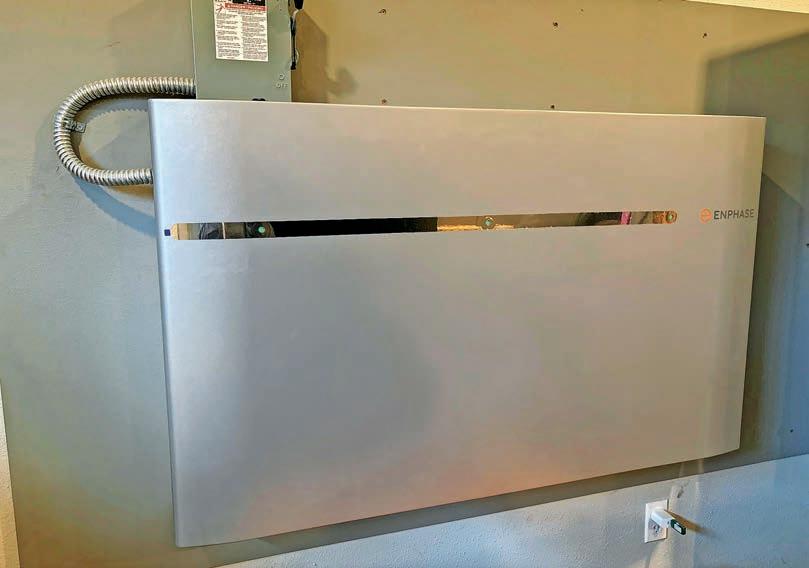
Minnesota Power’s website features its SolarSense program at https://www. mnpower.com/environment/ solarsense, as well as other
customer solar links at https:// www.mnpower.com/Environment/CustomerSolar.

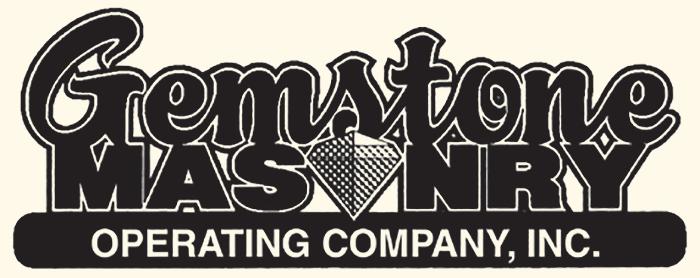

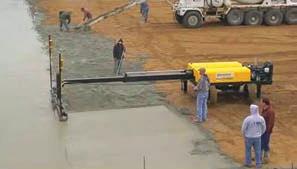


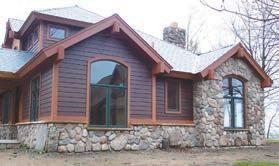



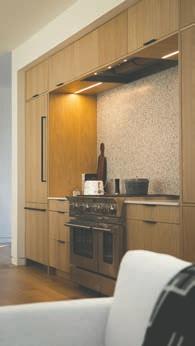
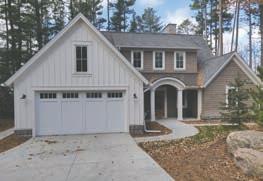
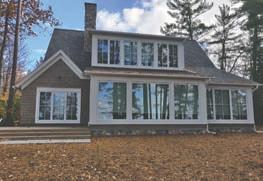
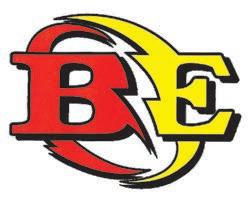
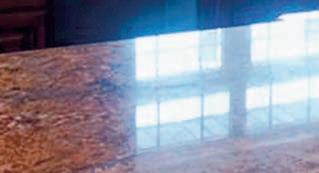


Did you hear about the argument between the two potatoes? They just couldn’t see eye to eye.
It’s too early to plant potatoes, but it’s not too early to look ahead and plan other spring yard and garden tasks. Here is a calendar checklist.
► In early March, cut back wintered geraniums to 3-inches above soil level. Repot if needed, and begin fertilizing every 2 weeks. If cut back in March, geraniums will branch from the lower stems and be ready for planting outdoors in mid-May or after.
► Prune back overwintered hibiscus and mandevilla, give plenty of sunshine, and begin fertilizing every two-to-three weeks. Monitor for insects.
► Flowers to seed indoors in early March include petunia, snapdragon, coleus, and vinca.
► Seeds to plant March 15 include marigold, pepper, alyssum, salvia, cabbage, cauliflower and broccoli.
► Begin fertilizing houseplants in March, as they respond to increasing daylength and light intensity.
► Fruit trees are traditionally pruned in late winter, but some fruit professionals suggest delaying until after buds have opened. Cuts will heal faster, helping to block out the deadly black rot canker that infects trunks and main branches.
► Deciduous (leafy) trees and shrubs are best pruned in March and April before new growth begins. Wait to prune evergreens until May and June.
► Prune shrubs that are choked with old wood, such as potentilla, spirea and ninebark every three or four years by cutting back to about six inches above ground level.

► Sow seeds of tomato and marigolds on April 1.
► Loosen or remove winter protective mulch from perennials.
► Before new spring growth begins on perennials and ornamental grasses, cut down the above-ground parts, called the “tops,” to an inch above ground level.
► Prune roses that suffered cane dieback. Dead cane portions are dark brownblack compared to the green live canes. Prune out weak branches while reducing height to stimulate fresh branching capable of better flower production.
► Prune summer-bearing raspberries by removing the two-year-old dark, woody canes that bore fruit last year, leaving the one-yearold, fresh-looking canes that will bear this summer. Everbearing types, also called fall-bearing, can be pruned the same way, or by mowing all canes to a few inches above ground level, as they’ll bear on the new canes that regrow.
► Rototill garden soil when a handful of squished soil will crumble apart. If soil remains in a mudball, it’s structure can be harmed by tilling when too wet.
► Improve garden and flowerbed soil by incorporating a three-inch layer of peatmoss, compost or bagged manure.
► Begin spring lawn raking when the ground is dry enough to kneel on the lawn

without getting a wet spot on your jeans. It’s recommended that power raking, also called dethatching, be delayed until May, because tender grass can be injured if done too early.
► Delay lawn fertilizer applications until Memorial Day.
► Apply preemergent crabgrass preventer to lawns before crabgrass seeds sprout, which begins when soil temperature approaches 50 degrees one inch deep. The herbicide could lose effectiveness if applied too early, and won’t work if applied too late.
► Begin early outdoor gardening by planting cool-season vegetables that thrive in cool temperatures and tolerate light frost, like pea, radish, lettuce, onion, carrot, potato, cabbage and broccoli.
► Plant bareroot trees, shrubs and roses.
► Start squash, pumpkin, cucumber and melon seeds indoors May 1.
► Sow grass seed. Soil must warm before Kentucky
bluegrass seeds sprout.
► Divide perennials whose bloom season is mid-summer through fall, like hosta and mums, as new growth is just barely visible.
► Remove tree wraps for the growing season.
► Plant potted trees, shrubs, roses and perennials. They can be planted earlier if not in full leaf, which makes them susceptible to spring frosts.
► Turf researchers recommend delaying spring lawn fertilizer application until Memorial Day for healthiest grass structure.
► Power rake (dethatch) lawns after they’ve been mowed several times.
► The ten days between May 15 and May 25 are a prime window for the majority of spring planting including bedding plants, vegetable gardens and containers. Frost is certainly still possible, but less likely.
Don Kinzler, a lifelong gardener, is the horticulturist with North Dakota State University Extension for Cass County. Readers can reach him at donald.kinzler@ndsu.edu.
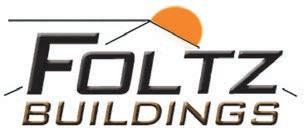
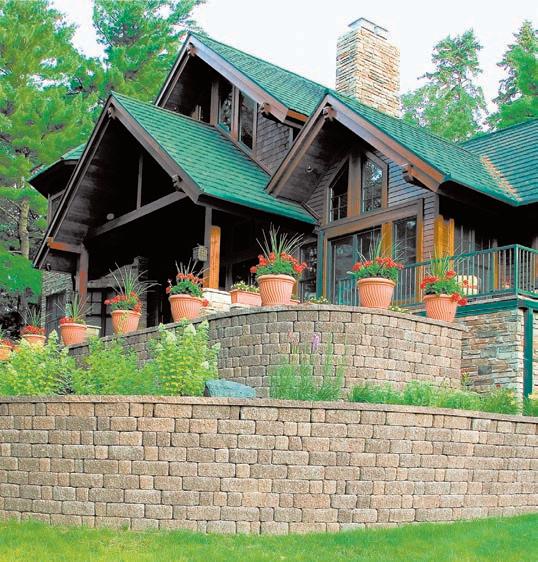





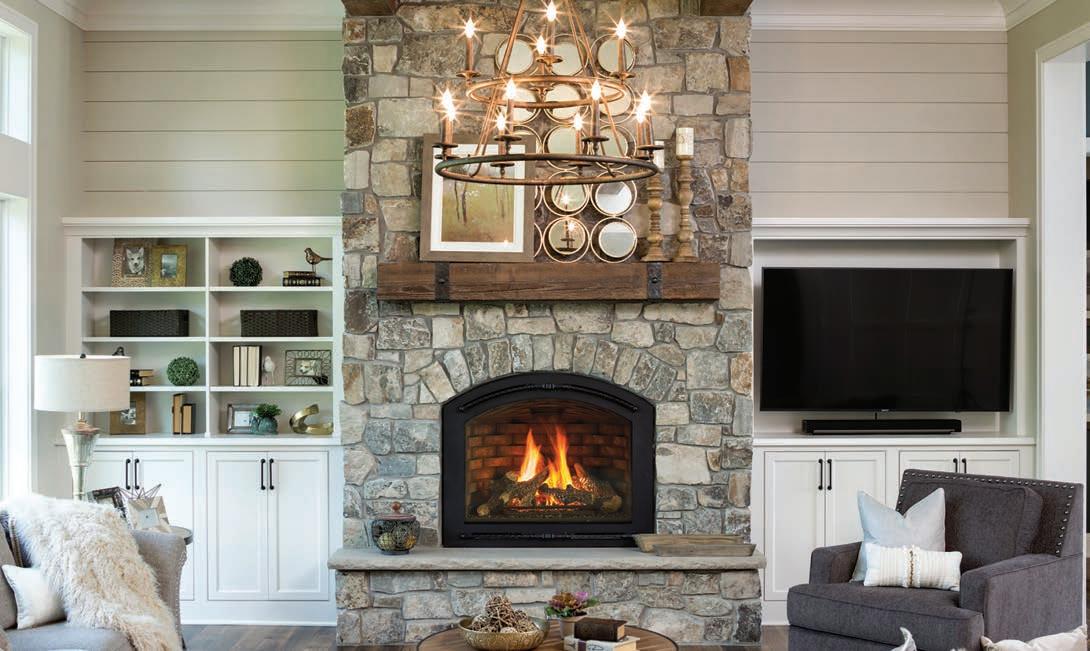


LORIE SKARPNESS Park Rapids Enterprise
Septic systems and wells are things rural homeowners often don’t think about – until there is a problem.
Kal Larson is an environmental specialist with Hubbard County Environmental Services Office (ESO). While they primarily deal with septic systems, they also provide free water-testing kits for wells.
All of a home’s used water and toilet waste go into the septic tank, Larson said. Inside the tank, there are three layers.
SEPTIC: Page 34
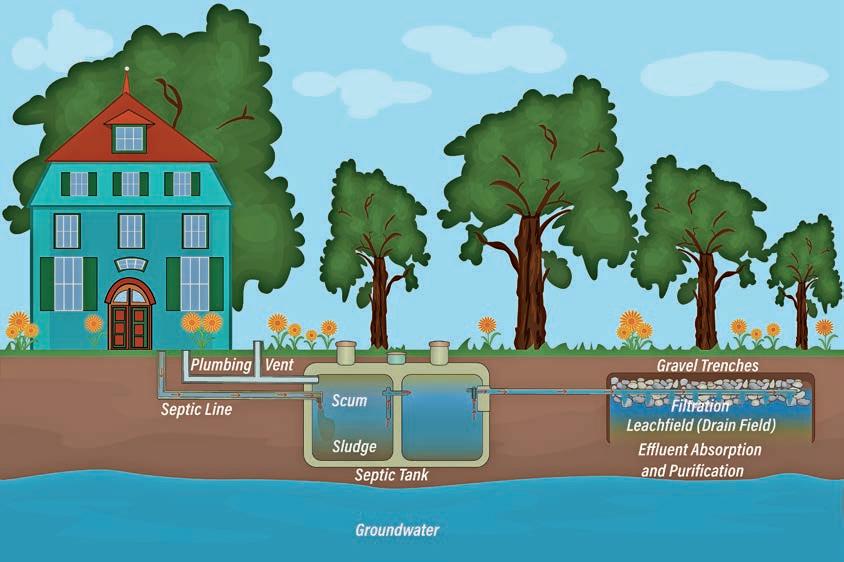
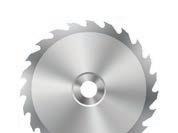

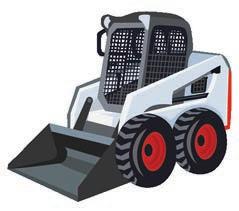
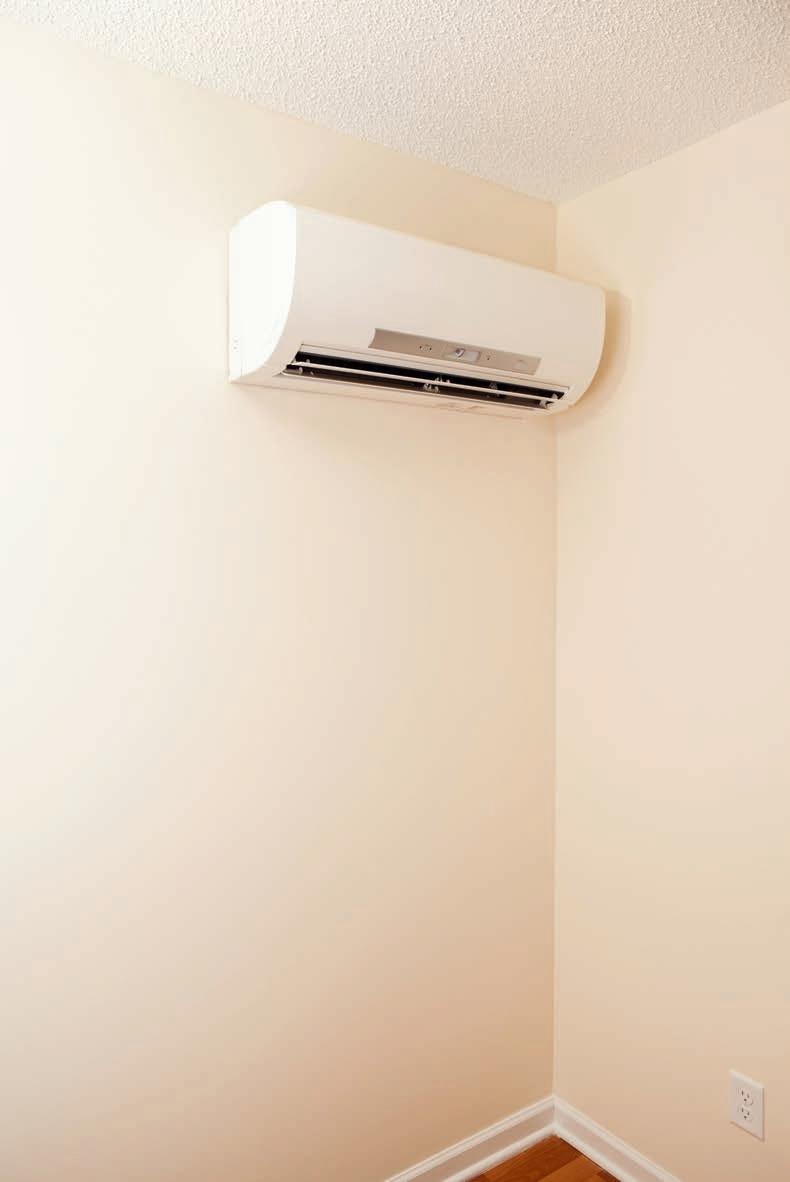




A healthy shoreline is the first step to a healthy lake. A robust shoreline buffer can reduce nutrients from entering the waterbody. Reach out to the us to learn more about improving your shoreline and other lake programs.


Forest management is an important step to maintaining healthy, diverse, forests. If you are interested in a forest stewardship plan tailored to your forest management goals, we have cost share to assist you.


There are many benefits to conservation agriculture best mangagment practices. We can assist with many including cover crops, pollinator plantings, precision irrigation, and low interest agricultural loans. Ground water is an important resource. There are many ways to protect it. We test water for nitrates free the 1st Friday of every month. Additionally, we have programs to assist with well sealings, buffer plantings, and land protection.
For more information contact us at 218-732-0121 ext 4 or info@hubbardswcd.org




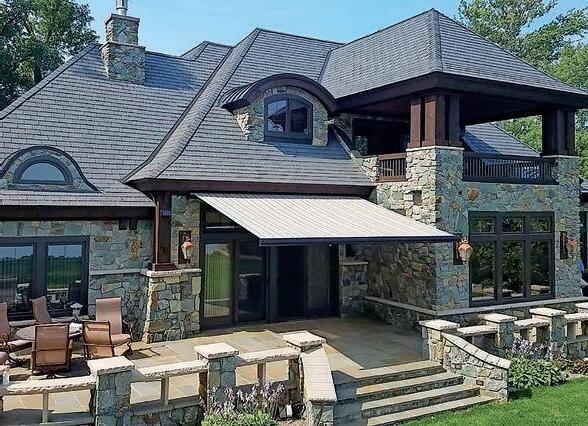
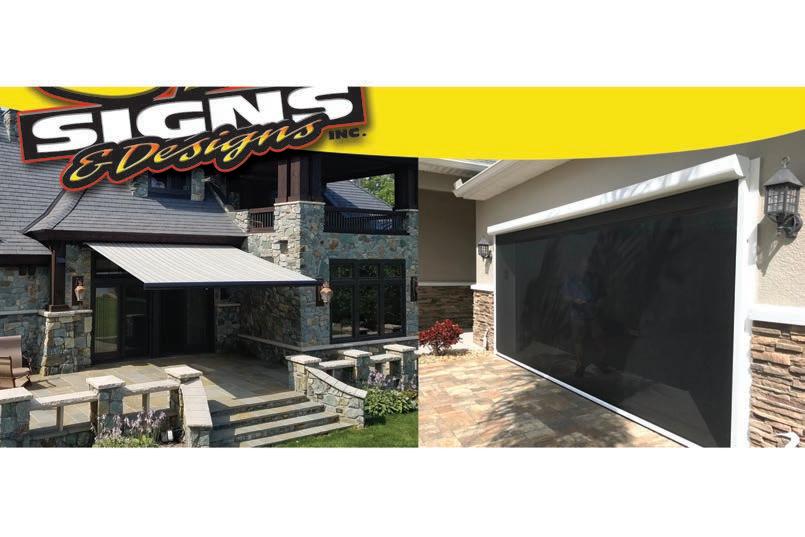






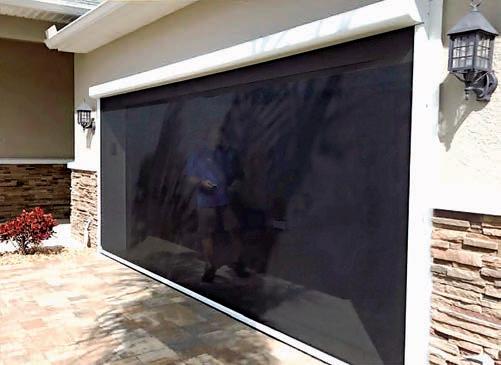

From Page 32
Bacteria in the septic tank work to break down human waste and separate it into layers. The liquid is called effluent. There’s a scum layer on top of the effluent, and below the effluent there’s a solid layer called sludge.
“What you don’t want to have happen is for the solid layer of sludge or the scum layer to get sucked through the outlet baffle into the drain field,” Larson said. “All you want going through the outlet baffle is the effluent, which is relatively clear. There’s no big chunks in it, so it doesn’t plug up the system.”
The recommended interval for pumping septic tanks is every three years. “Maintenance of septics is critical
for system longevity,” Larson said.
The best time to have the tank pumped is the spring or summer.
“When you have your septic tank pumped, they usually suck it down pretty empty to maximize the amount of sludge they get out,” he said. “The microbial community needs time to recover after losing all of that volume. You want to give the bacteria time to recover from the pump out, get their population back up before the ground gets cold.
“You have less water volume and less biological activity after your tank is pumped, so it’s a lot easier to freeze up a tank because there’s not enough biological activity going on in there to keep it liquid.”
The outlet in a septic tank is not at the bottom, but part way up one of the walls.
“Once the tank gets pumped, it has to refill to get to the point where it’s going to start going into the drain
field again,” he said.
Larson said the lifespan of a septic system depends on variables such as drain field materials, usage habits and maintenance.
“The general rule of thumb is that a septic is good for about 20 to 25 years with normal usage and maintenance,” he said.
He said garbage disposals are not meant to be used with septic systems.
“That extra material going into the tank can really pose some problems, especially if you’re running a lot of water through it,” he said. “Solids won’t have time to settle out properly and could get pushed down into the distribution section of the system. That can plug it up earlier than normal, so you get less life out of the system. Dumping fats, oils or grease down the drain is also a really bad idea. You want to minimize the amount of organic content going down the drain that’s not toilet waste.”
“Your first signs that a septic is starting to fail are going to manifest in the drain field,” Larson said. “If you walk out in your drain field and notice there’s ponding water or it’s wet and squishy and there hasn’t been a precipitation event, that’s usually indicative that your drain field is starting to hydraulically fail.
“Another way you can check is to pull off the caps on the inspection pipes in the lateral runs in the drain field. Look inside and see what kind of water levels you have. If all of your runs are full of water and coming up the inspection pipes, that’s usually indicative that your drain field is failing and it’s time for a new one.
“You might also notice the smell of sewage outside if it is pooling on the ground above the drainfield. The less pleasant way to find out is when things start backing up into your home.”
SEPTIC: Page 36

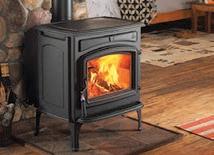
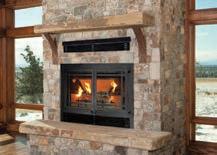
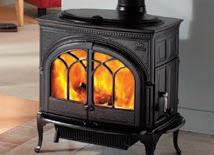
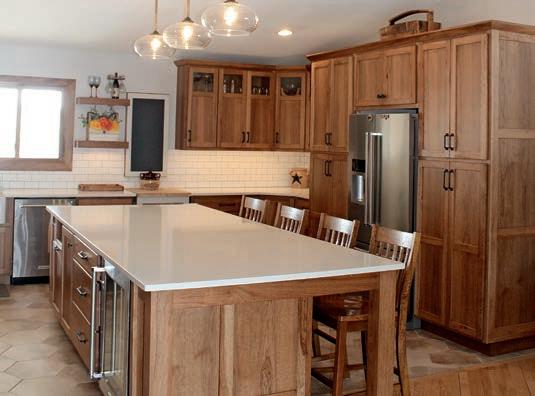



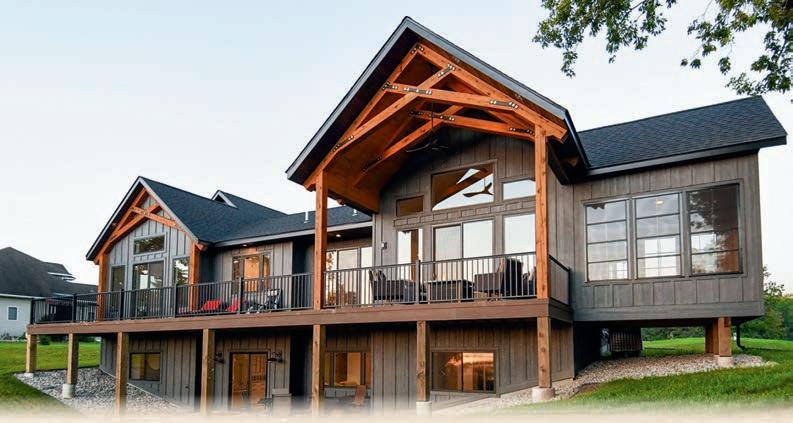
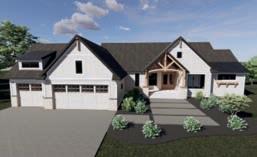



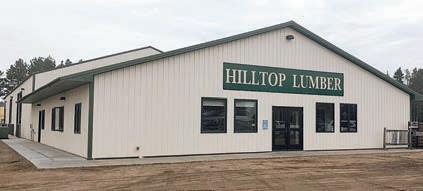


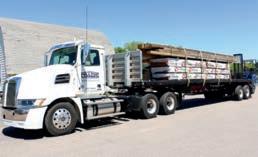
From Page 34
Larson said that, while the Minnesota Department of Health does all of the permitting for wells, free water-testing kits are provided at the ESO on the second floor of the courthouse at 301 Court Ave. in Park Rapids.
Instructions for how to get a valid water sample are included with the kit. Water samples are tested at a lab in Bemidji. Contact the Minnesota Department of Health at 218-308-2100 for more information.
Tests available include nitrates, bacteria, iron, lead and arsenic.
“There is a fee schedule, depending on what tests you want done,” he said. “Some home buyers want the well water tested before purchasing property so they know what the drinking water quality is. If you’re concerned about agricultural contamination in your water supply, the nitrate test is a good one to have done.”
Larson said fecal coliform bacteria, or E. coli, showing up in a water test may be due to septic contamination.
“If you smell something weird or you see something weird in your water, that’s probably going to be your best indication that
something is amiss,” he said. “If it comes out discolored or it has a strange odor, that’s usually an indication of contamination.”
The well pump running when no water is being used could be a sign of a failing well.
“Old wells had iron casings, which hard water can erode over time,” Larson said. “You would need a professional to check it out and find what the problem is. They use PVC pipes on newer wells.”
Larson said that iron and other minerals that build up from well water can be problematic for appliances.
“Over time, things can clog,” he said. “A water softener binds the ions of minerals in the water to pull them out.”
The Minnesota Well Index is a tool that lets homeowners access recorded information about their well by property address or the number assigned to the well when it was put in. “It will pull up an overhead image, a picture of your property that shows the well location,” Larson said.
Anyone with septic system questions or water testing kits may call Larson at 218732-3890 Monday through Friday from 8 a.m. to 4:30 p.m.
Information about grants and low-interest loan applications to help pay for wells is available by calling the U.S. Department of Agriculture Rural Development Office in Detroit Lakes at 218-530-3314.
Lorie Skarpness can be reached at lskarpness @parkrapidsenterprise.com
The Hubbard County GIS department has aerial imagery of properties. There is a tool to zoom in on any structure and interactive applications to click on a parcel to look at property transfer information, structures, surveys, environmental services records as well as septic system and building permits.
Go to the Hubbard County website at https://www. co.hubbard.mn.us. Select maps, then the Hubbard County GIS Hub. The one available to the public is the public property viewer application. It will pull up the overhead aerial imagery of the entire county and specific parcels.
Registration Required (online or in-person)
Food waste
Napkins & Food-soiled paper
BPI Certified compostable products
PAPER
Newspapers & inserts
Magazines & catalogs
Office paper & mail
Brochures & directories




METAL CANS
Empty & dry


Flatten
Prepared foods boxes (e.g. cereal & cracker boxes)
Corrugated cardboard
Tag & Poster board
Aluminum, tin & steel cans
GLASS JARS & BOTTLES
Empty, dry & lids removed
Beer, wine & soda bottles
Vinegar, BBQ & steak sauce bottles
Jams, pickles & other sauce jars


No window glass, glass drinkware or candle holders.
PLASTICS
Empty, dry & caps on Containers numbered:
Milk & juice jugs
Soda & water bottles
Butter & food tubs with lids
Berry & produce containers
South Station: 218-732-9568
Hours:

Laundry detergent jugs & bottles

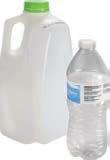

Hours: M-F 8:30am - 4pm Sat 8:30am-2:30pm
North
Hours:


